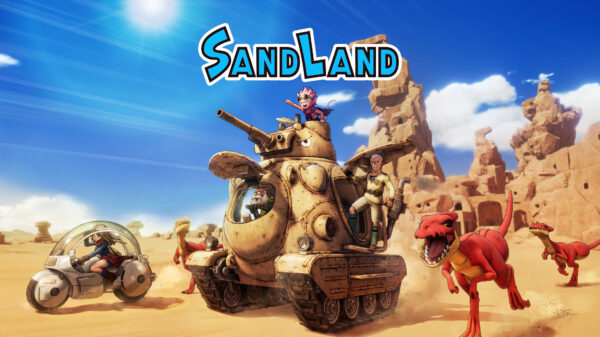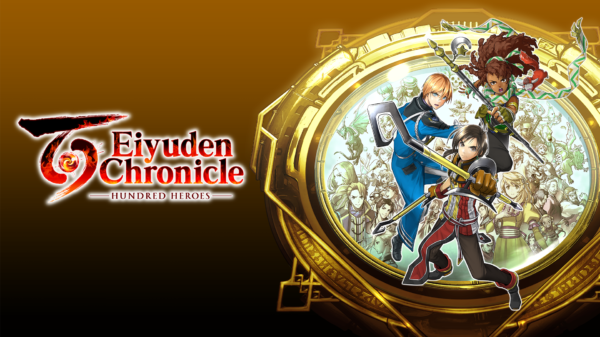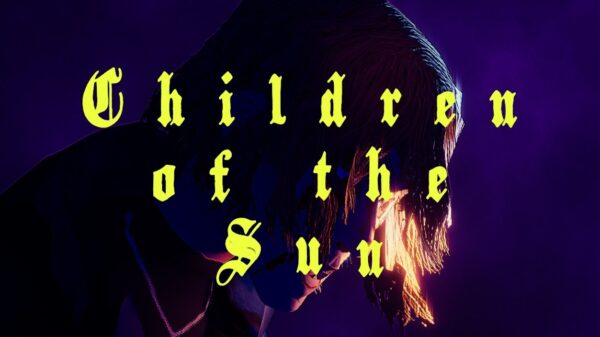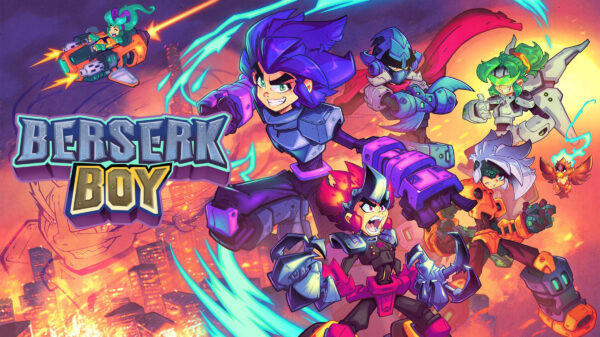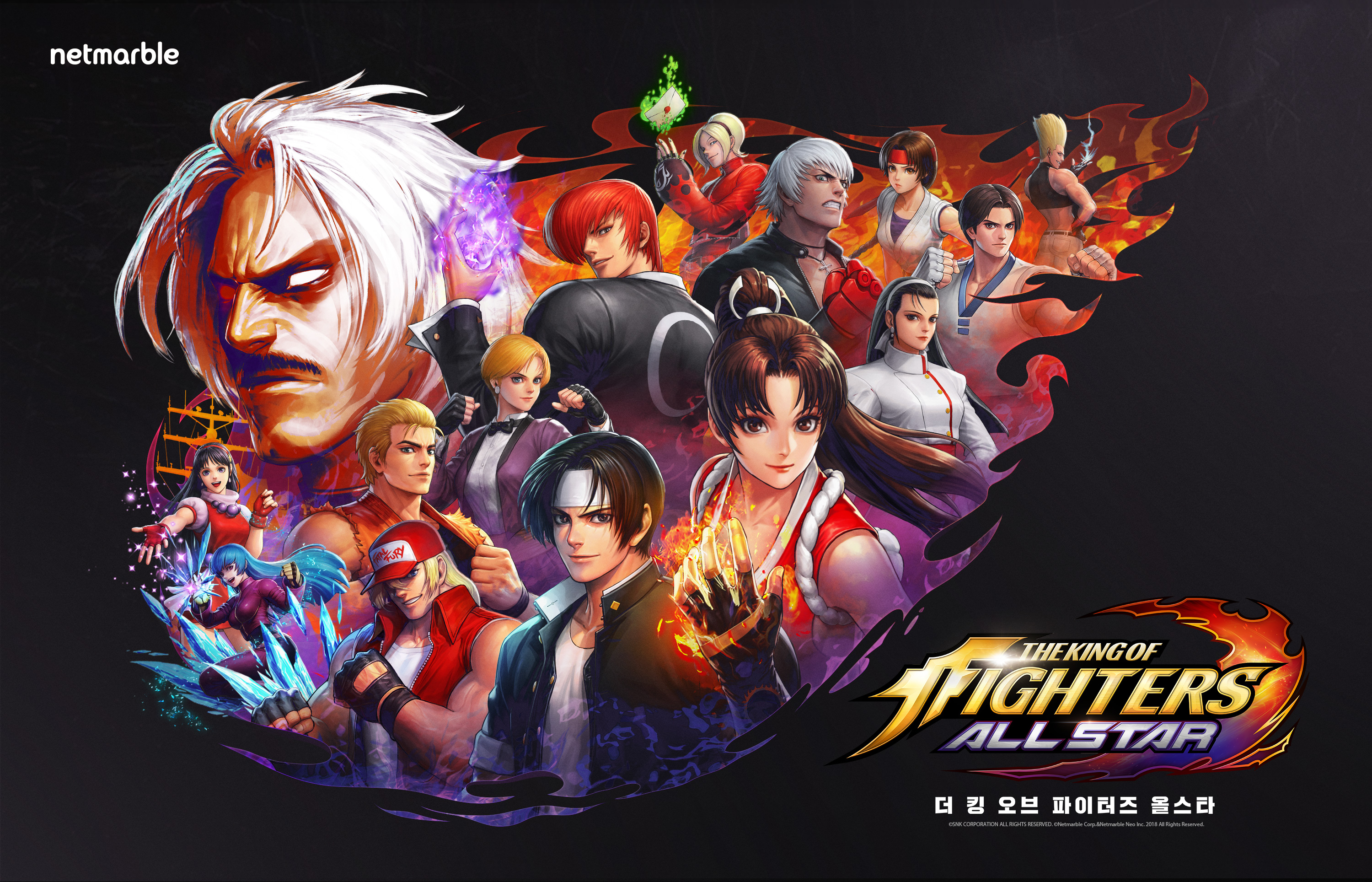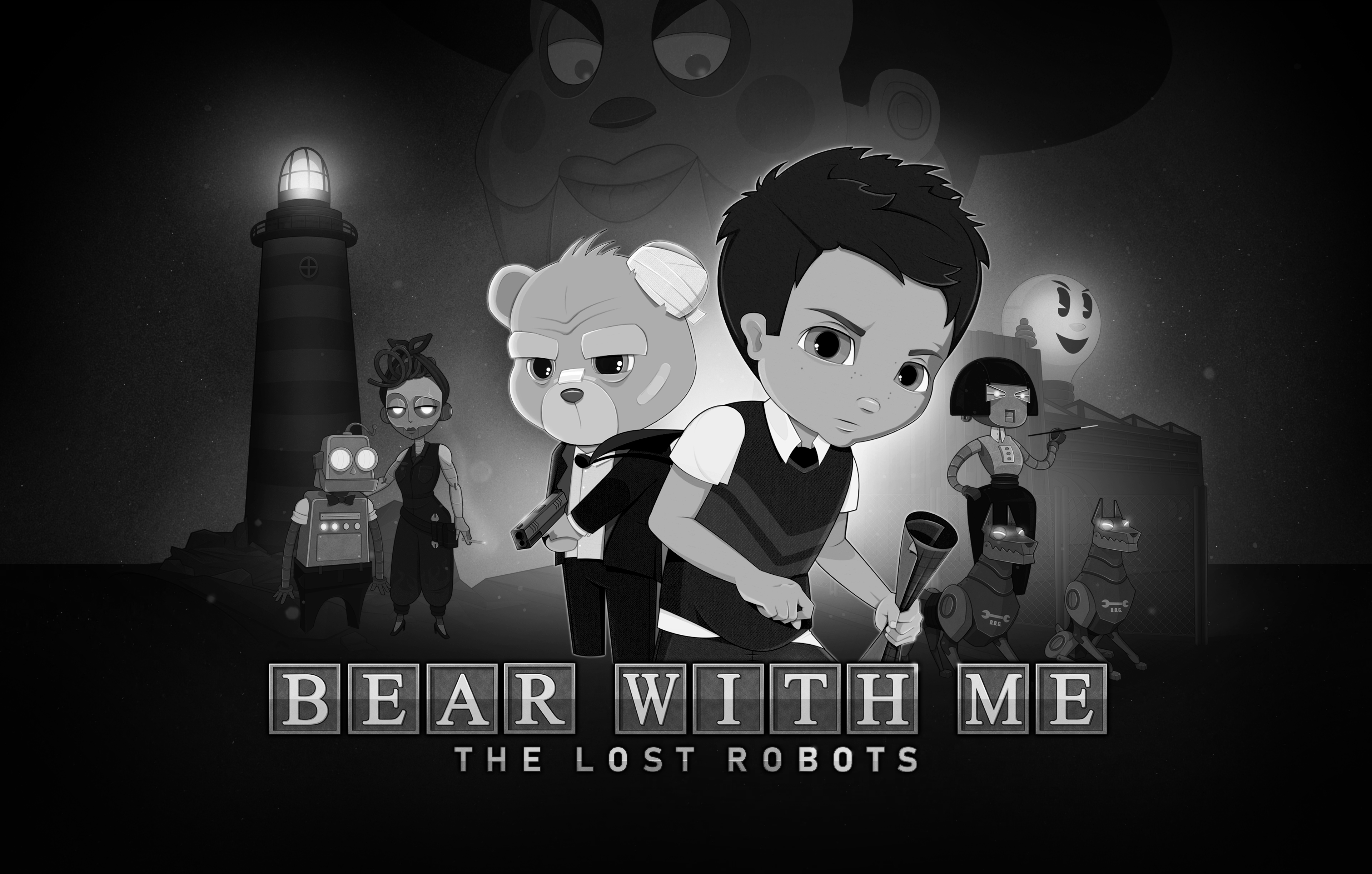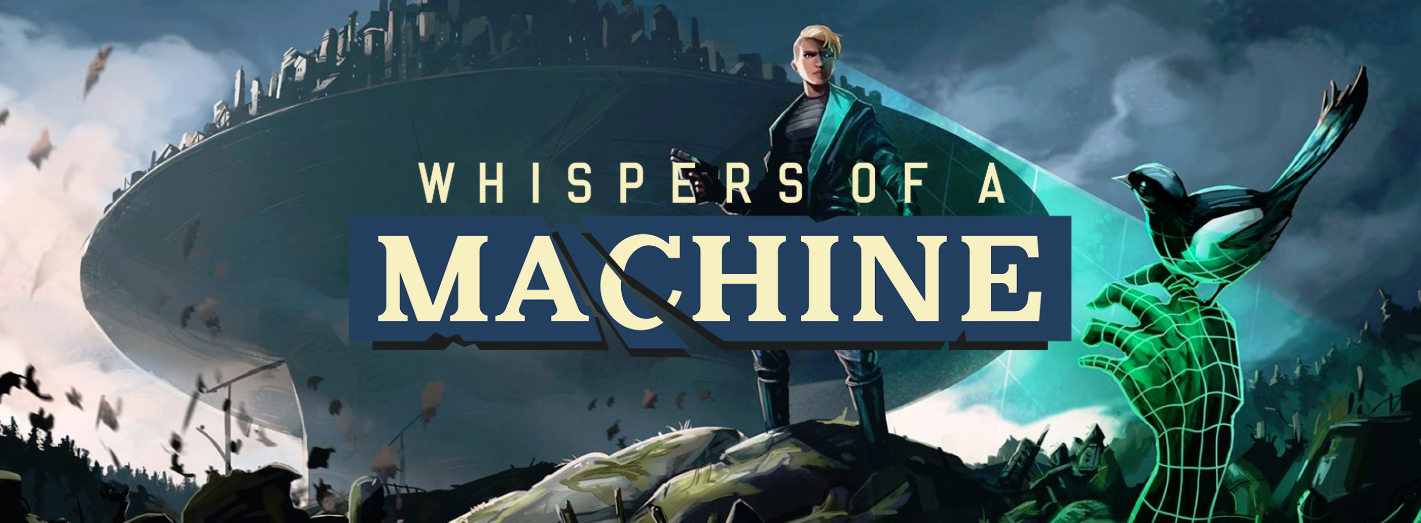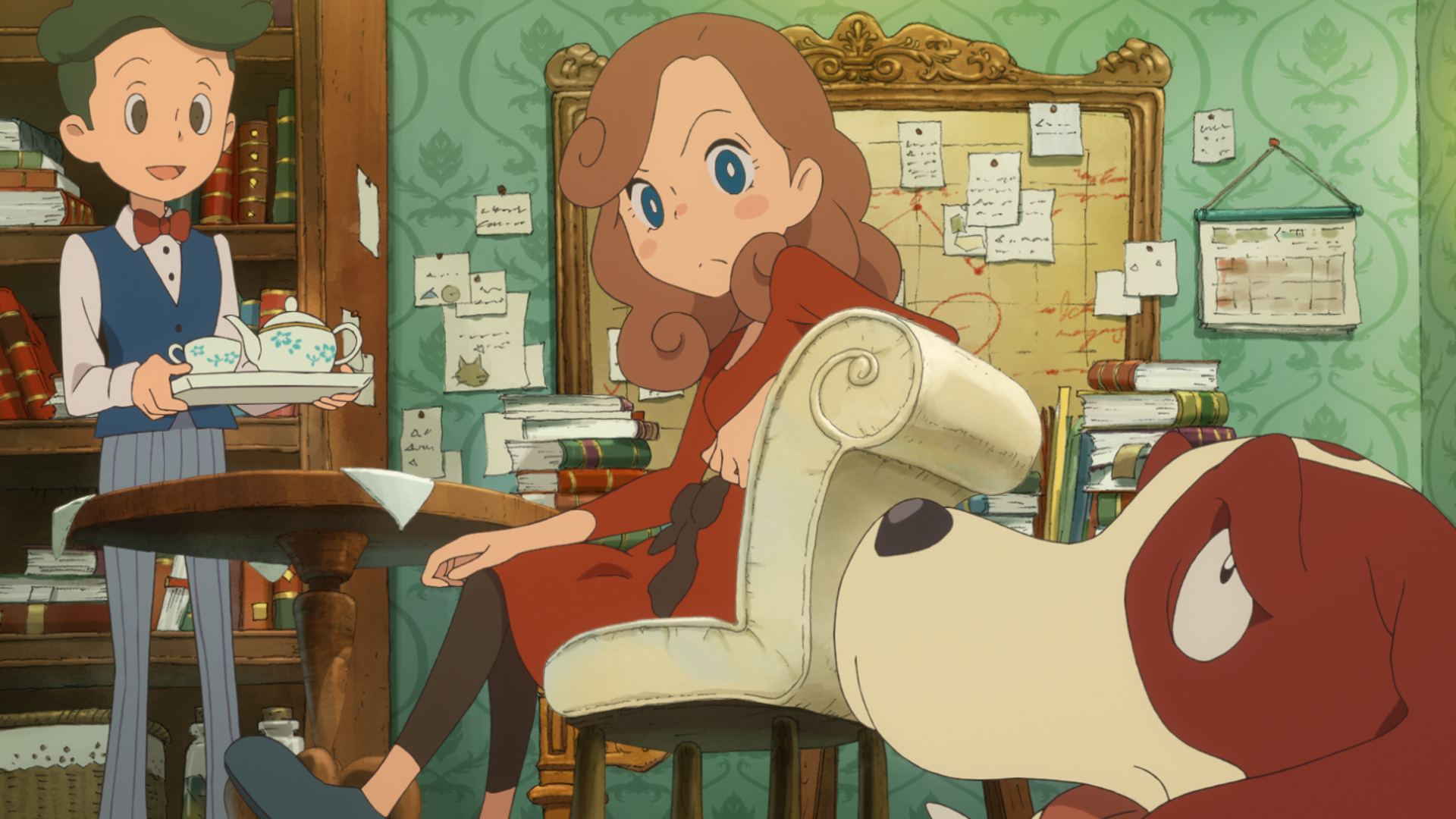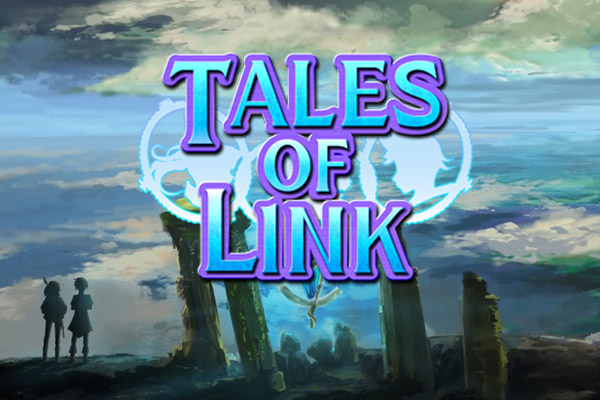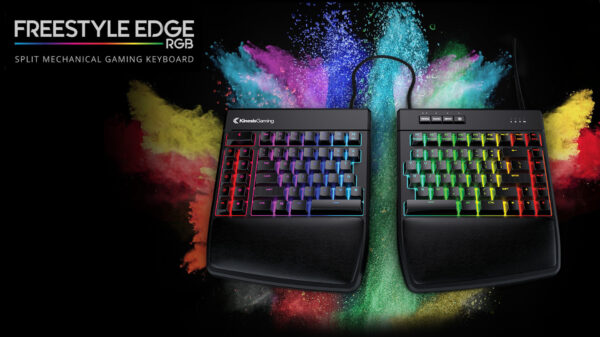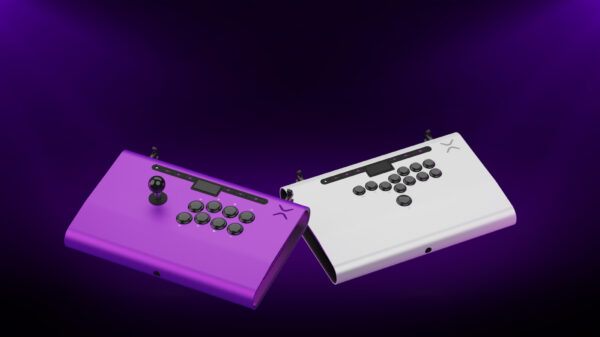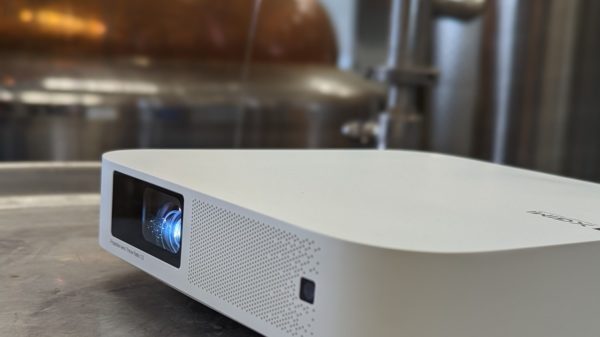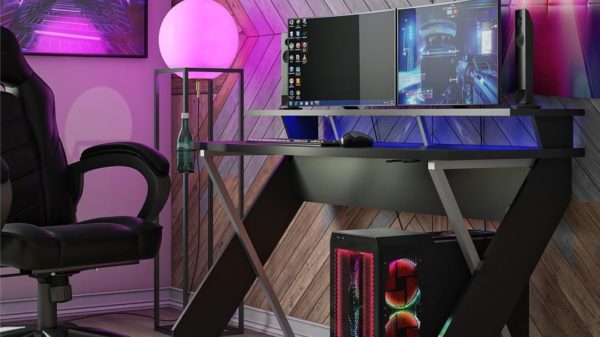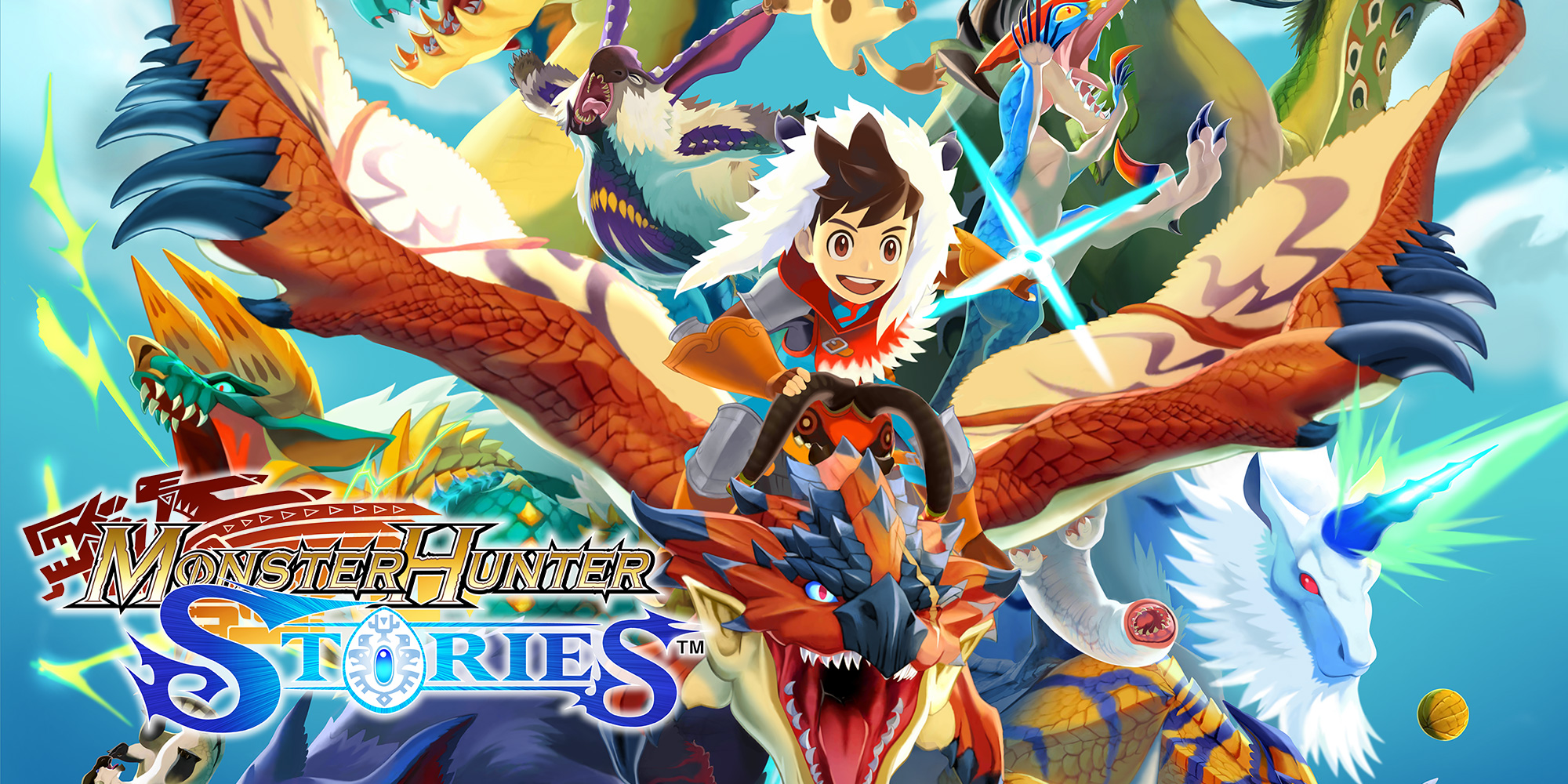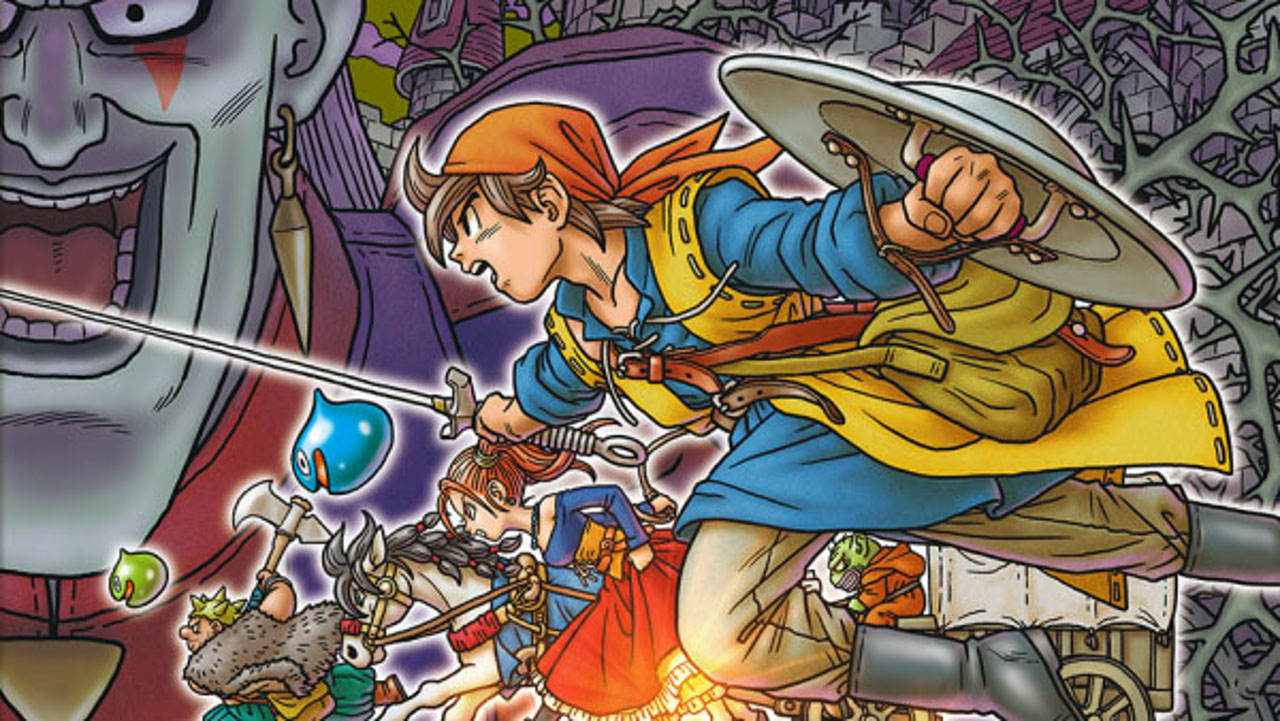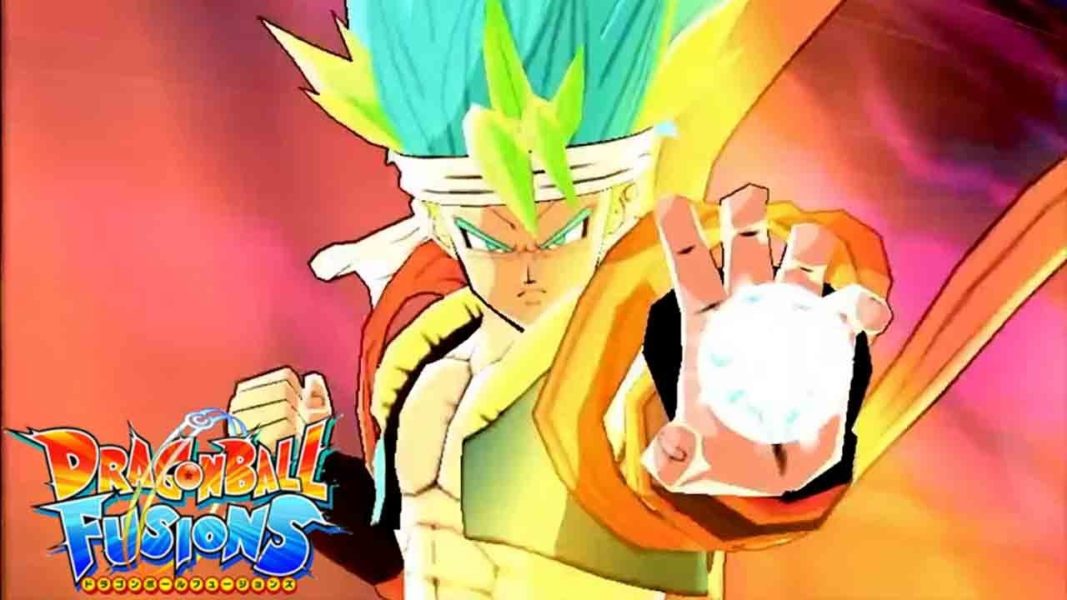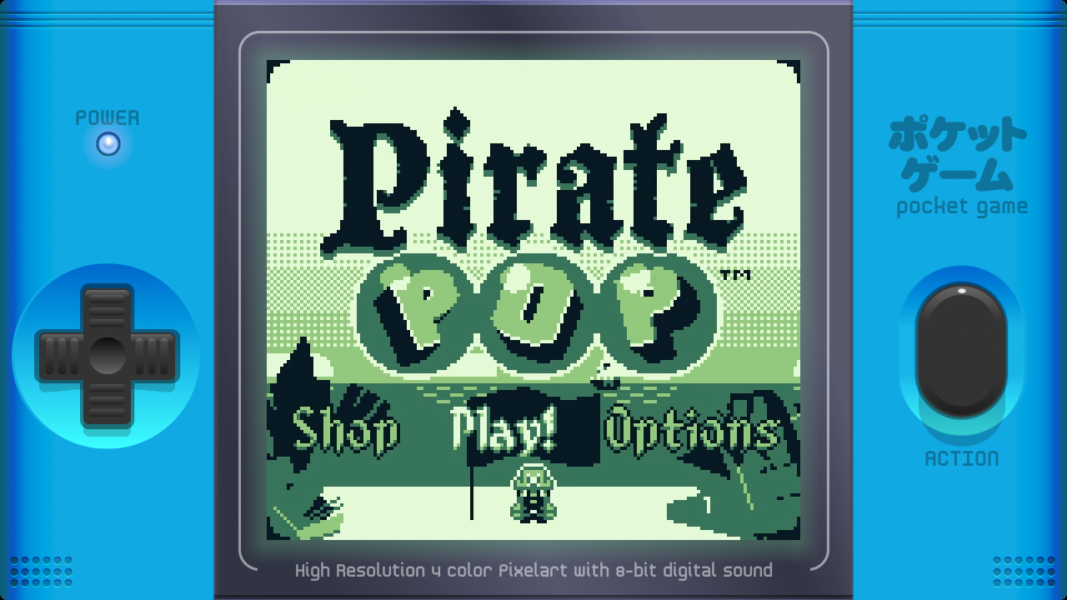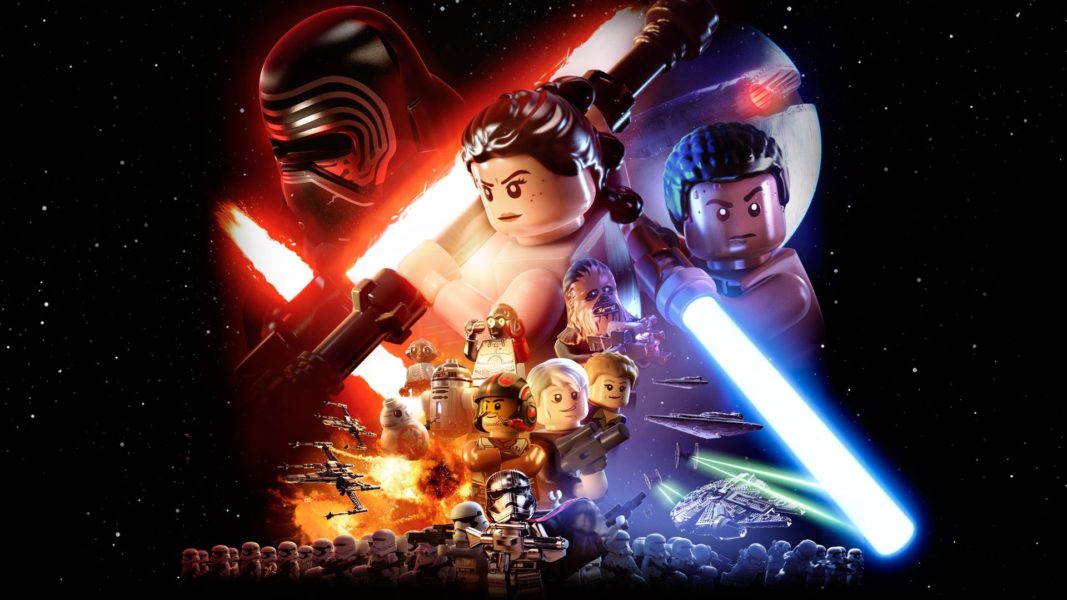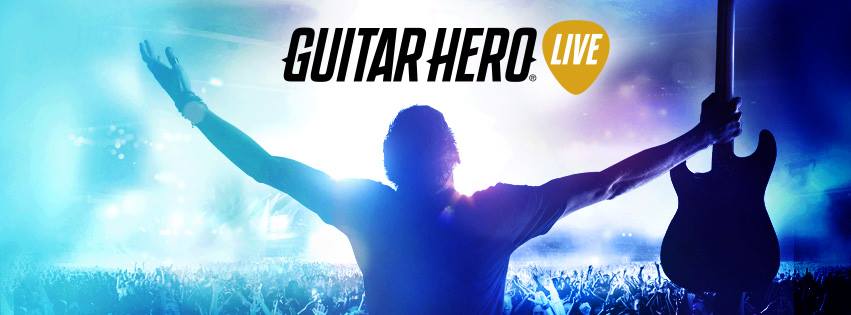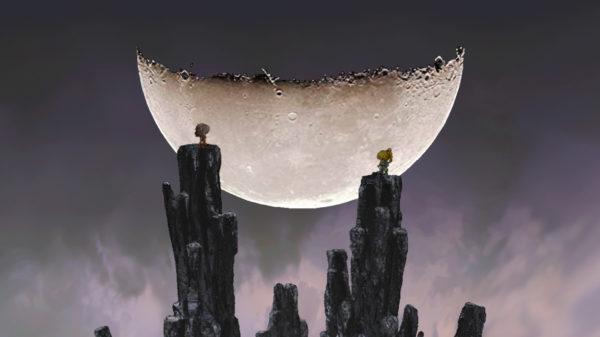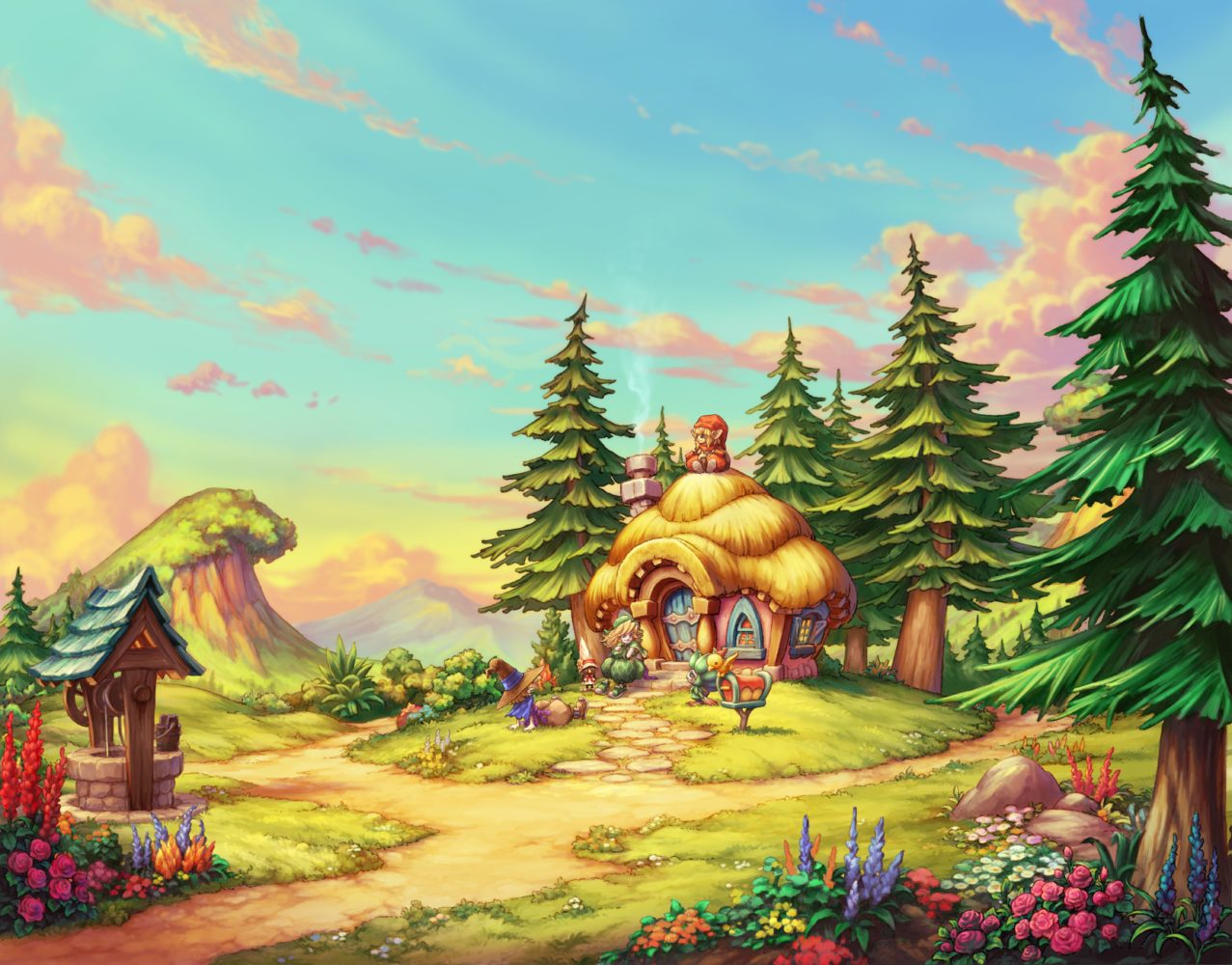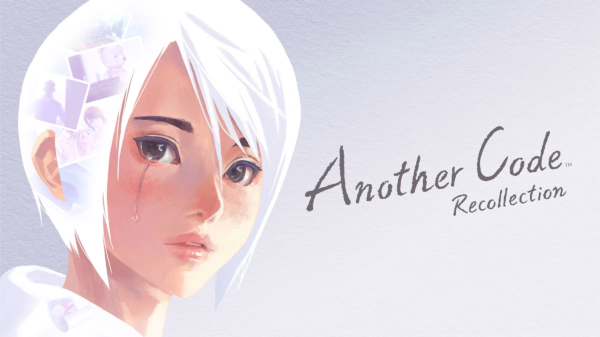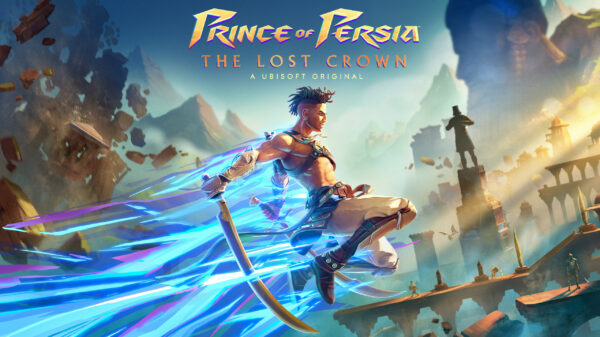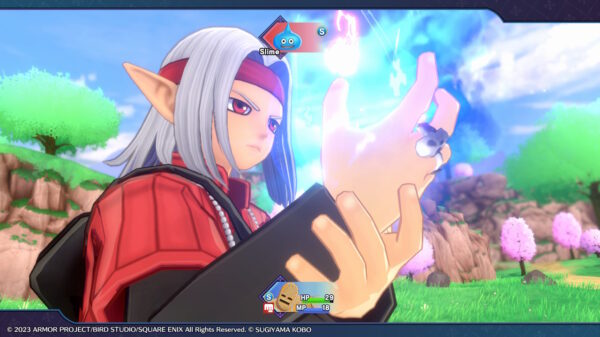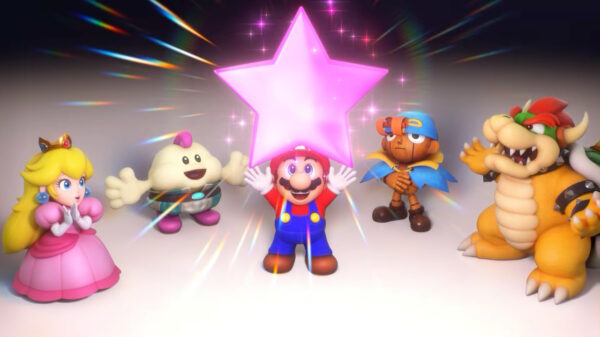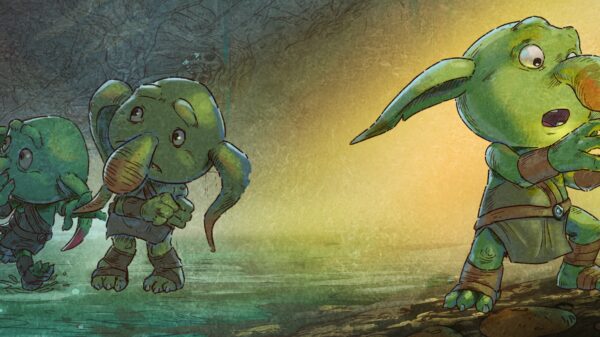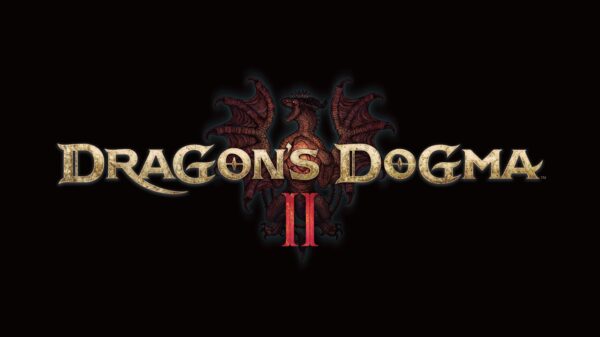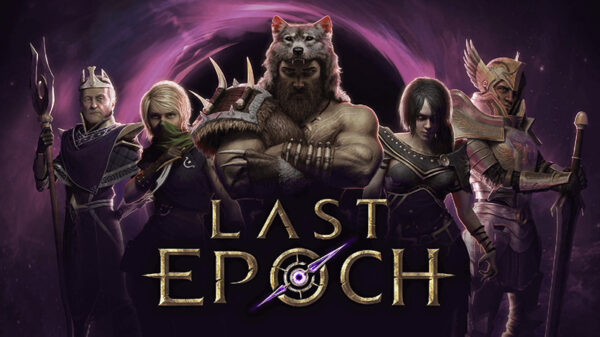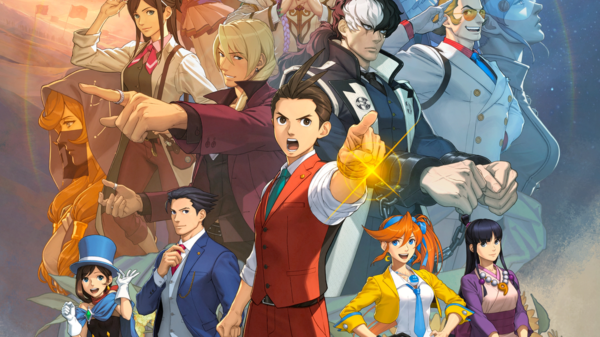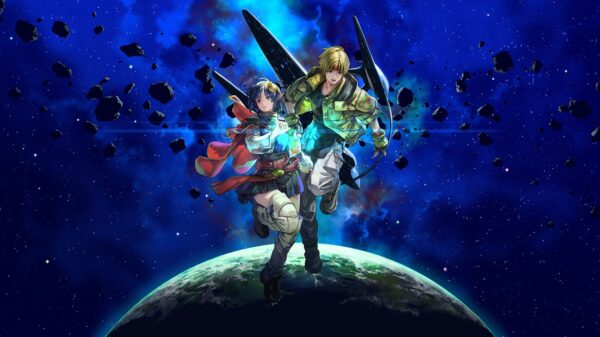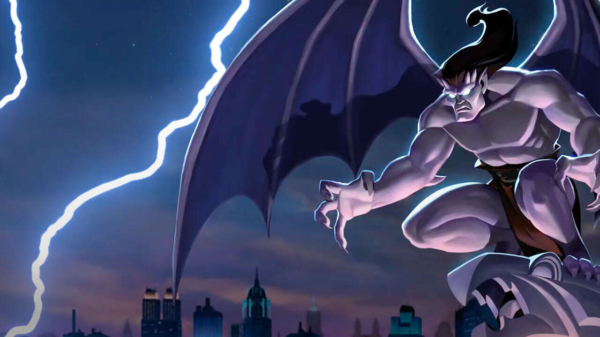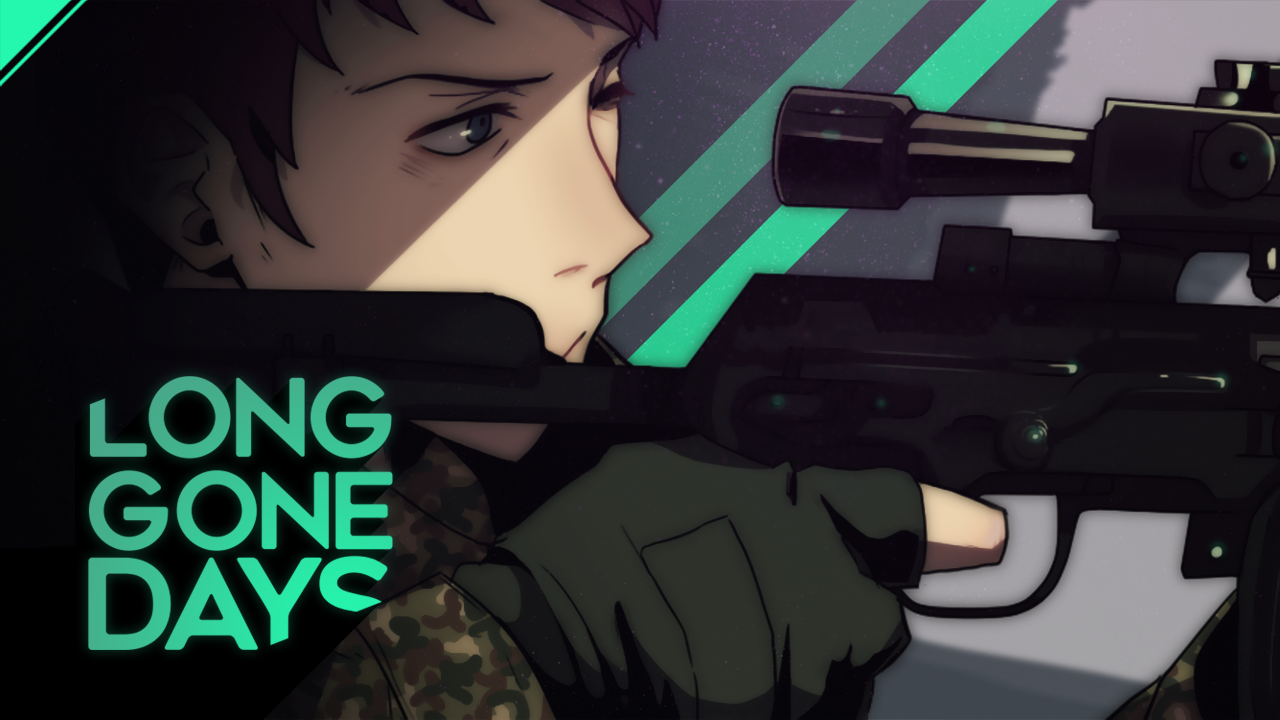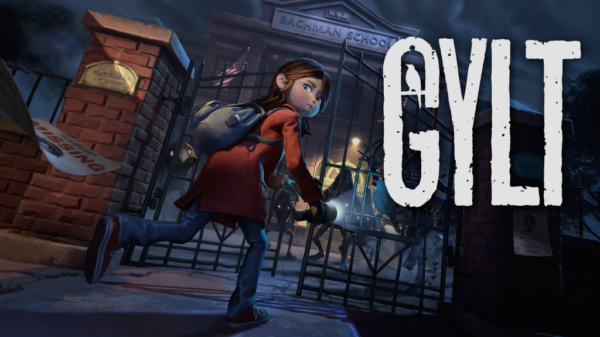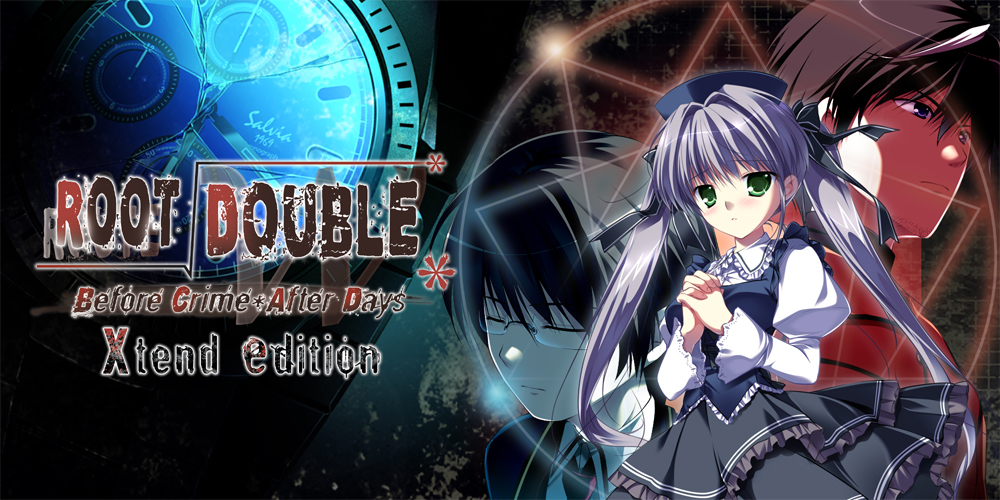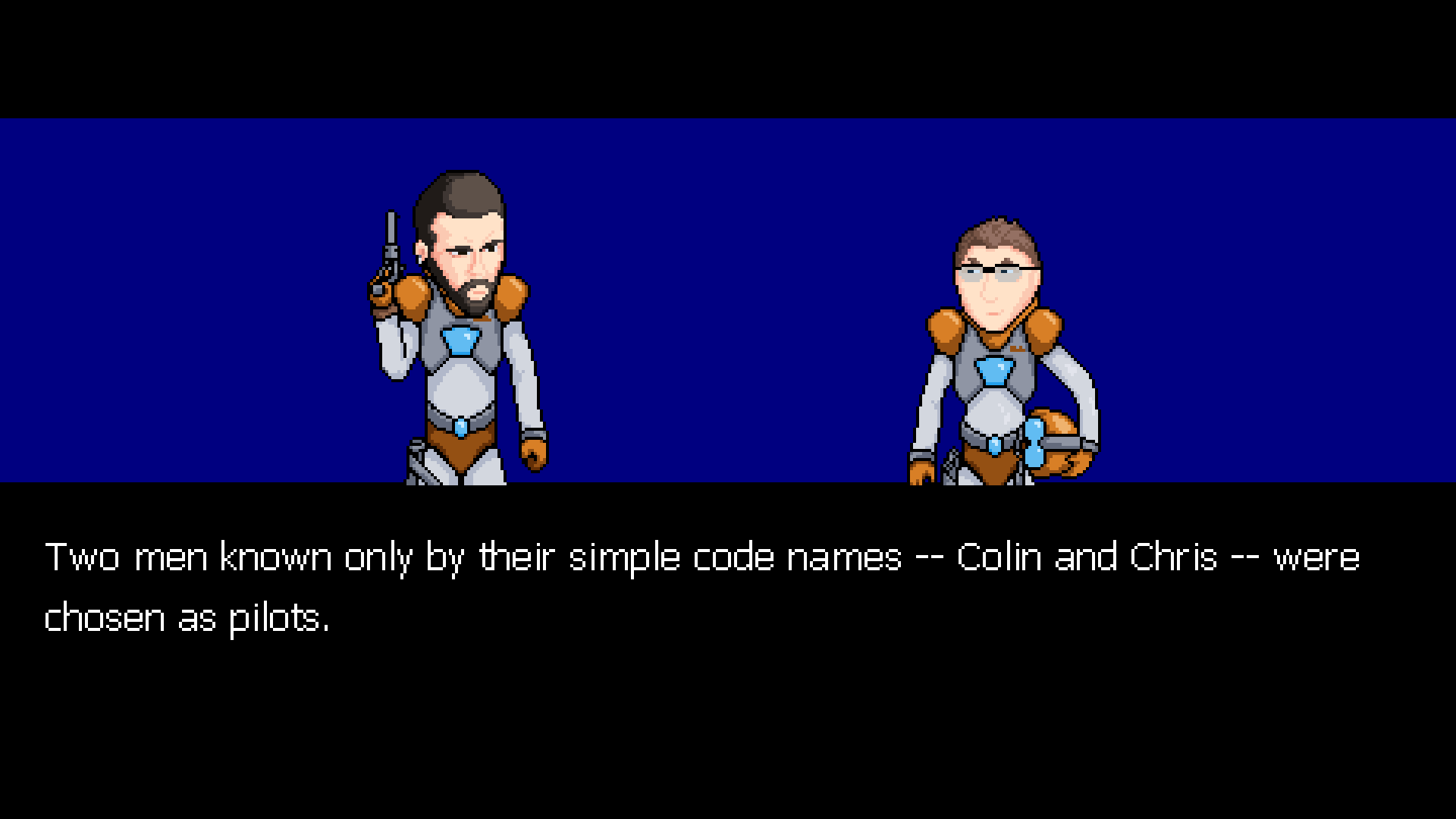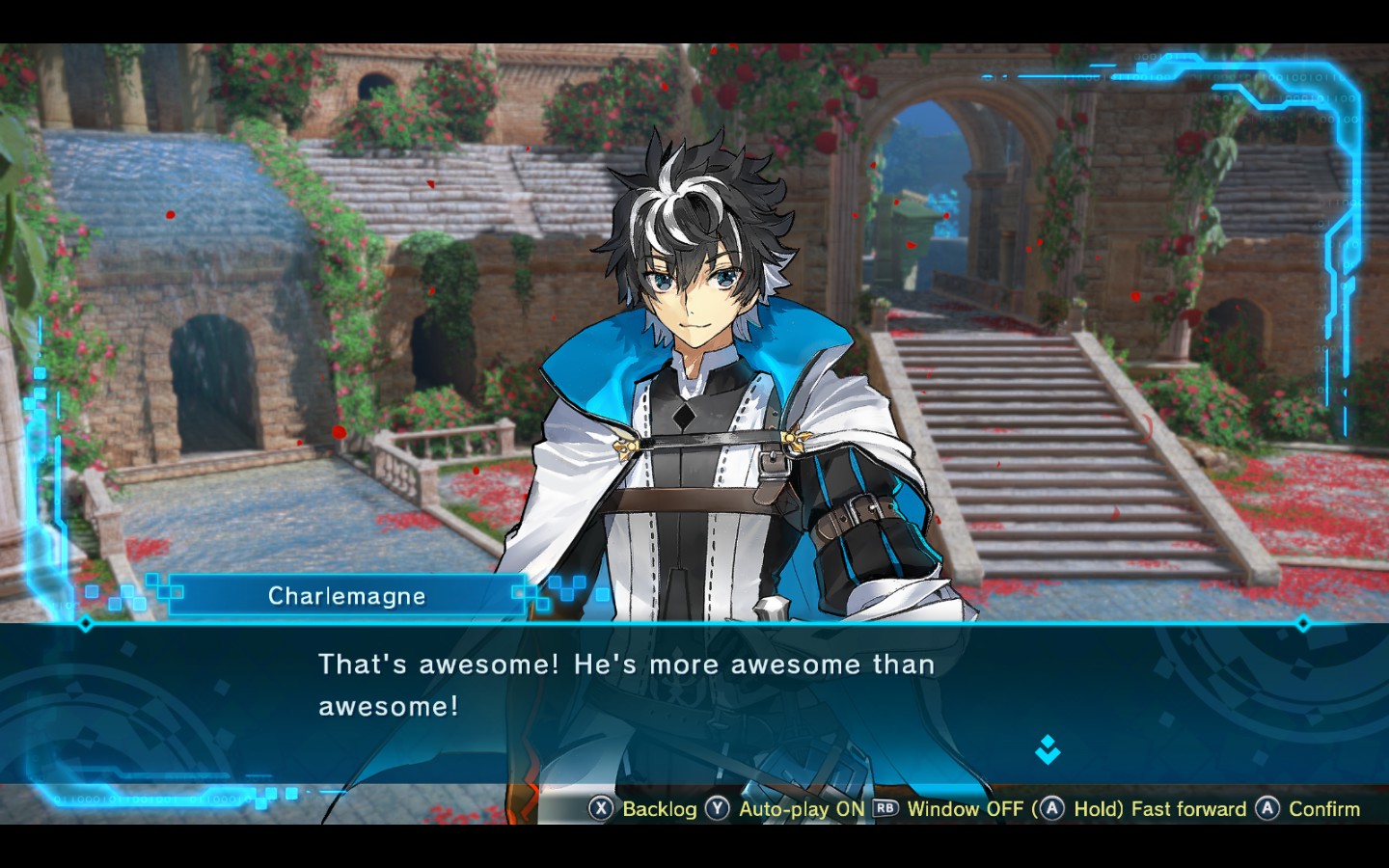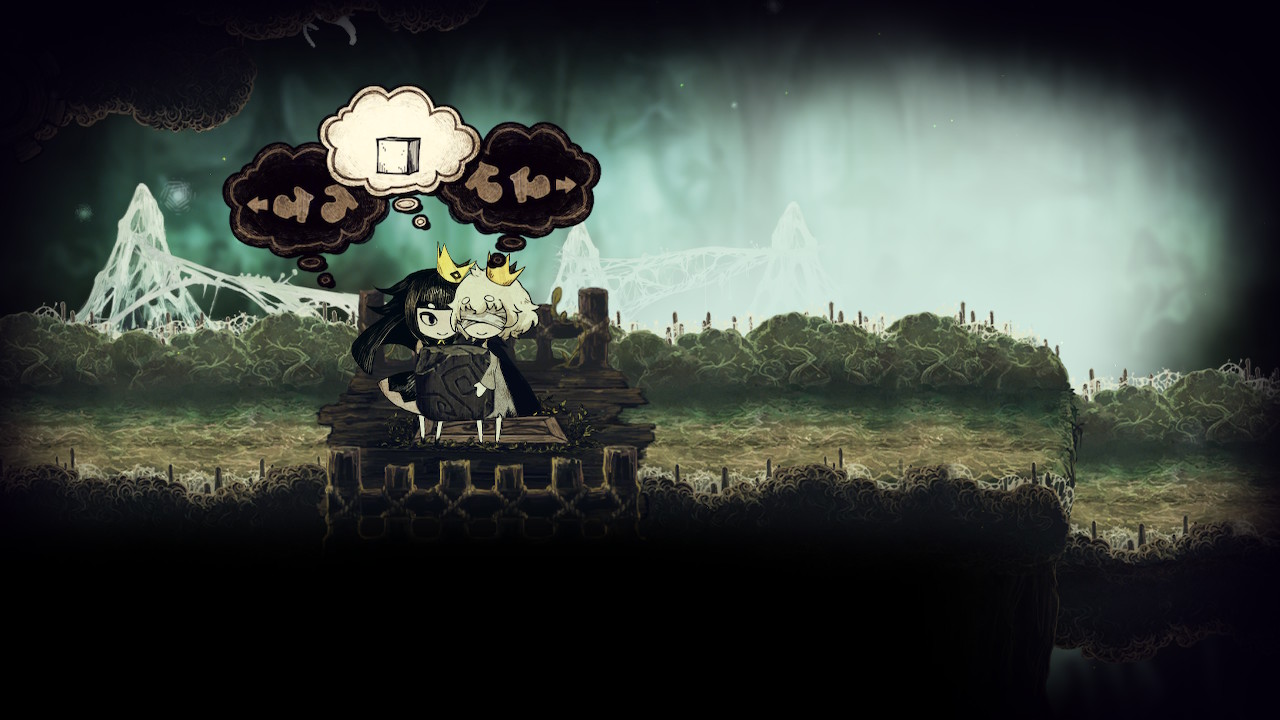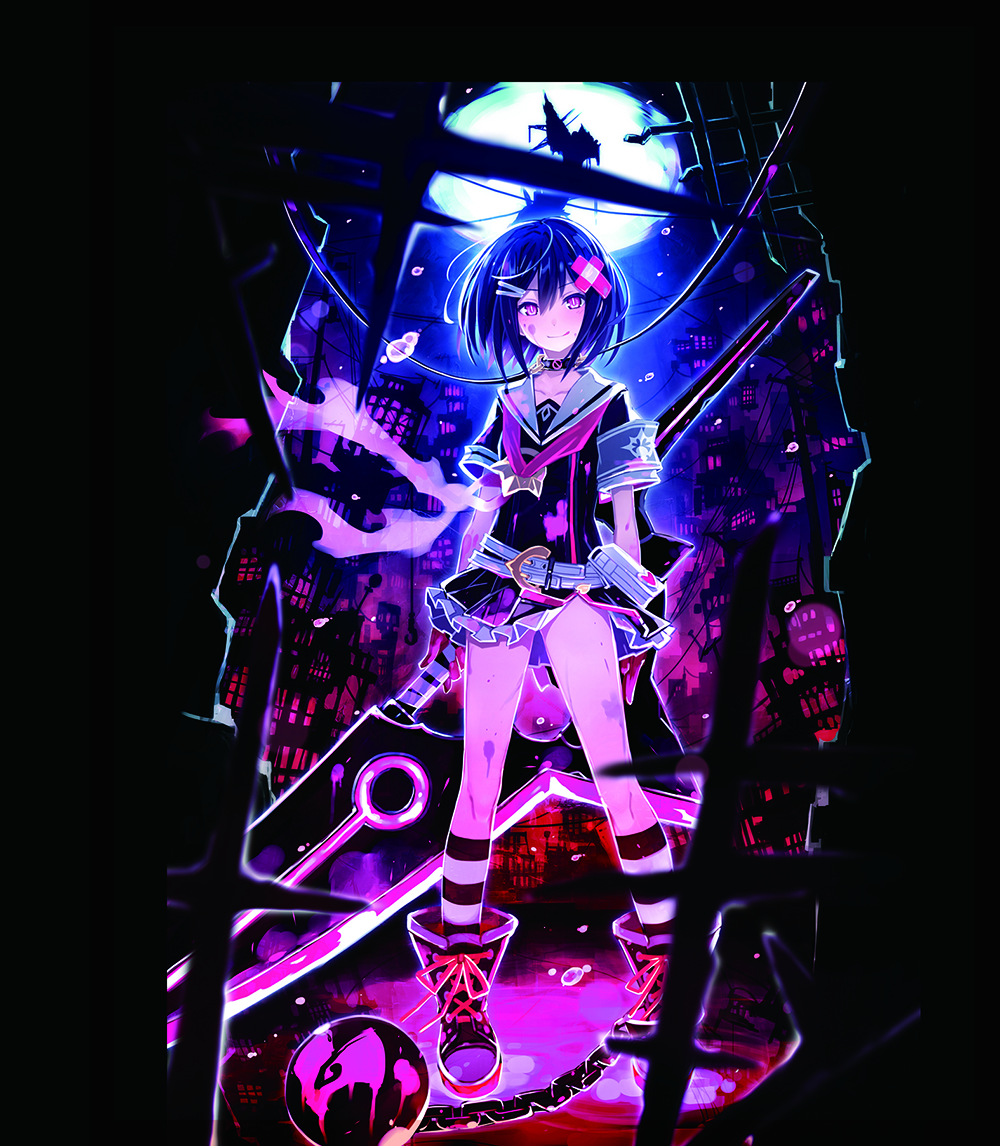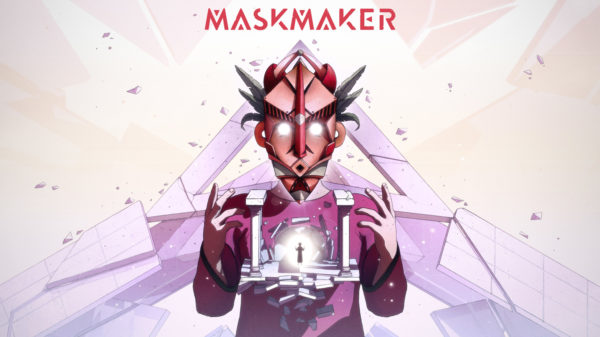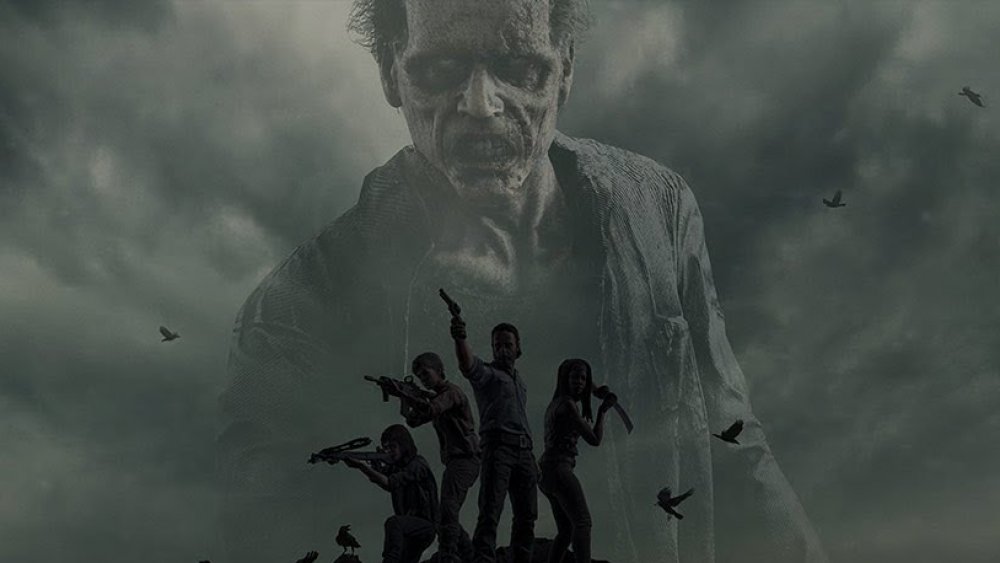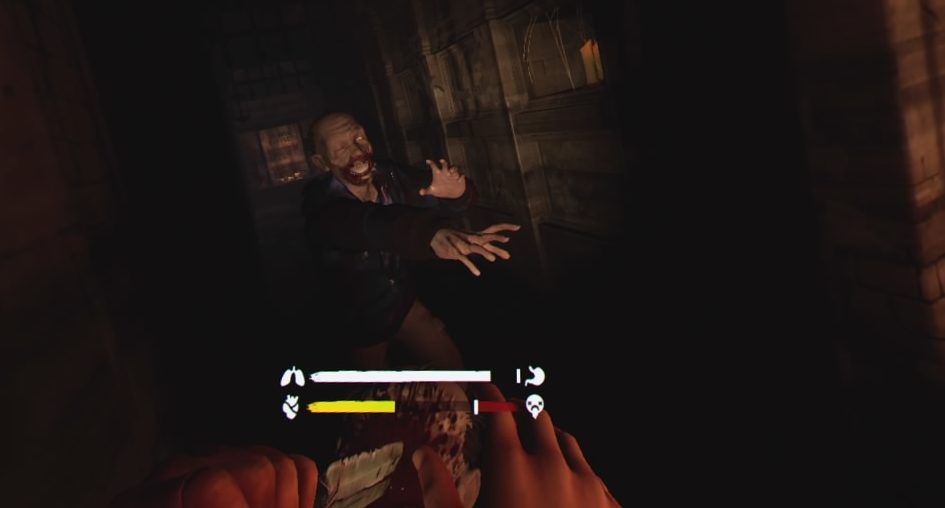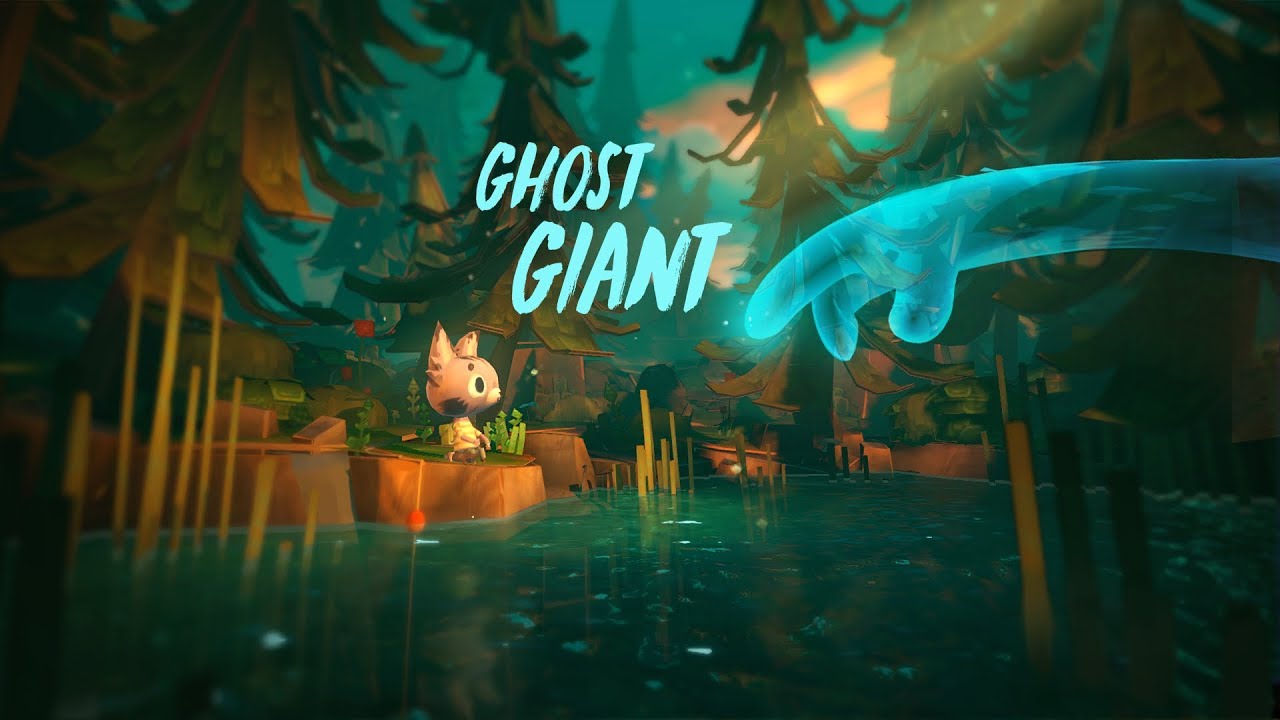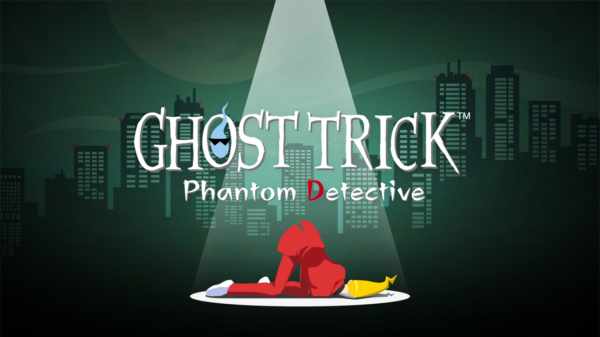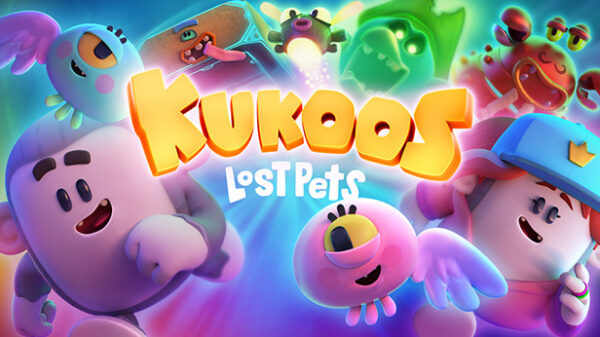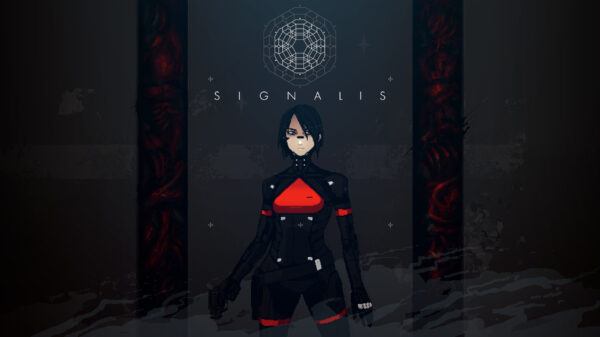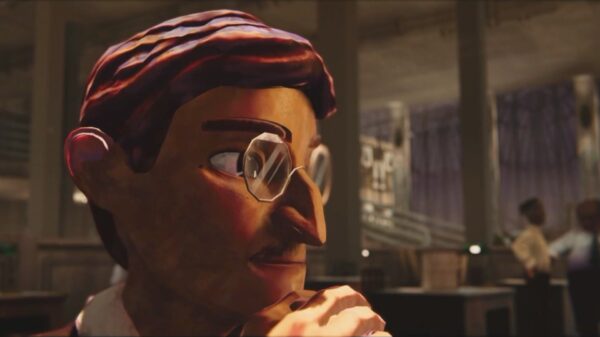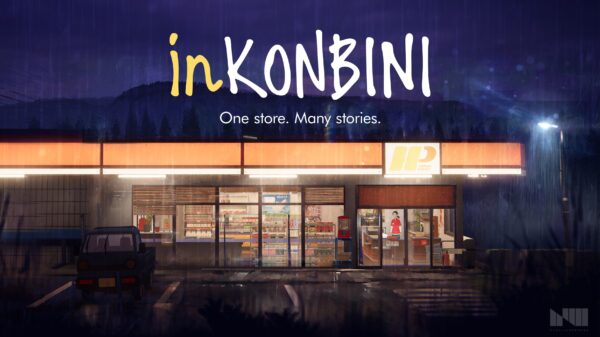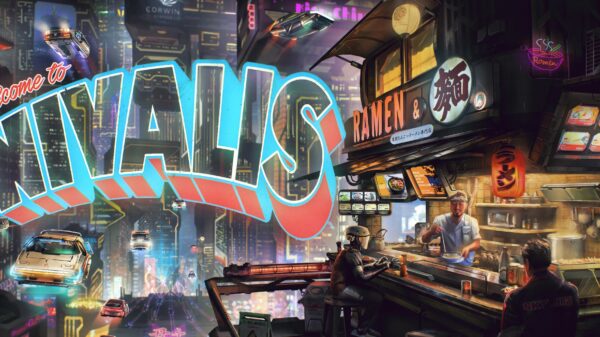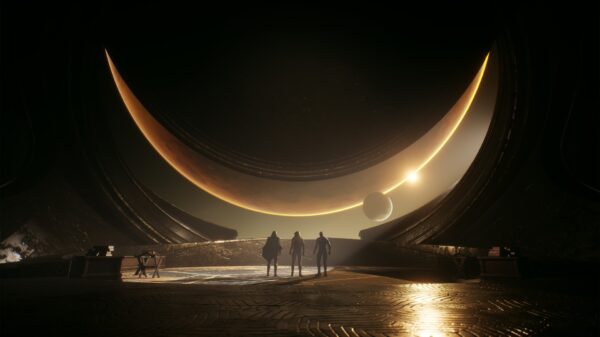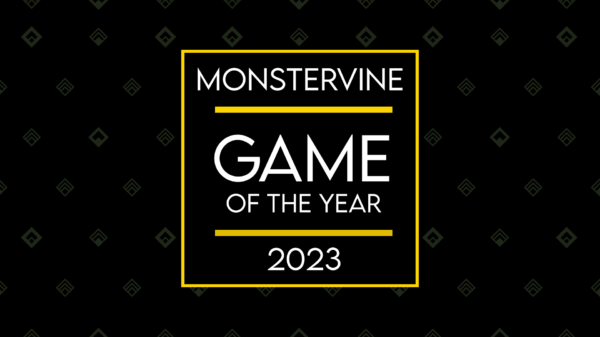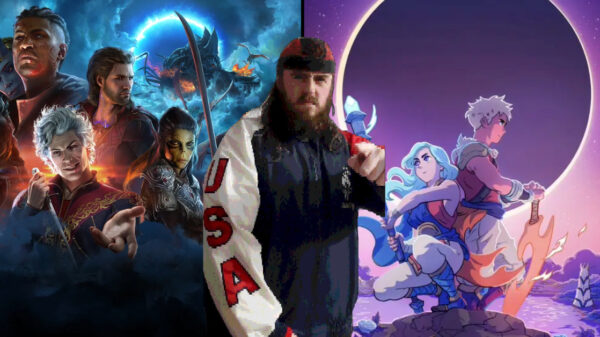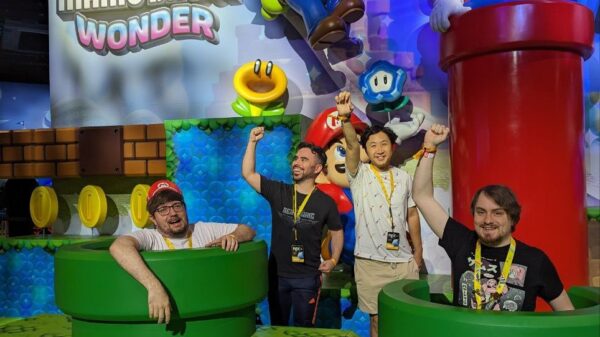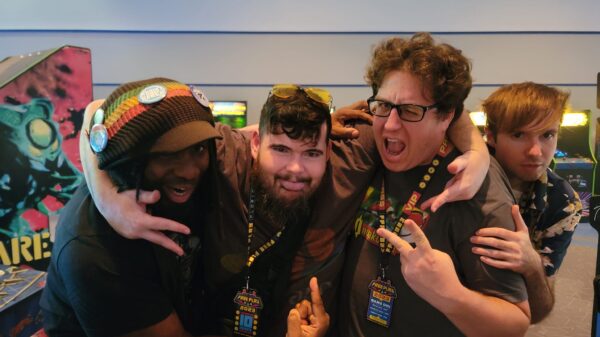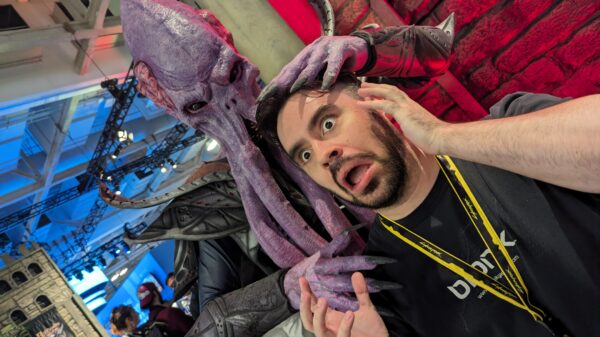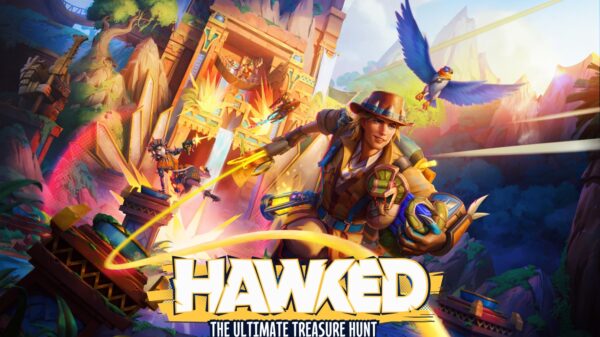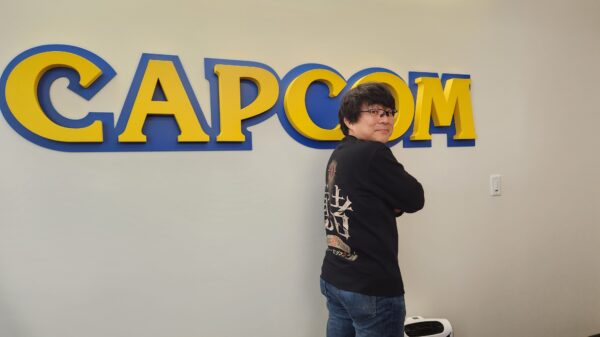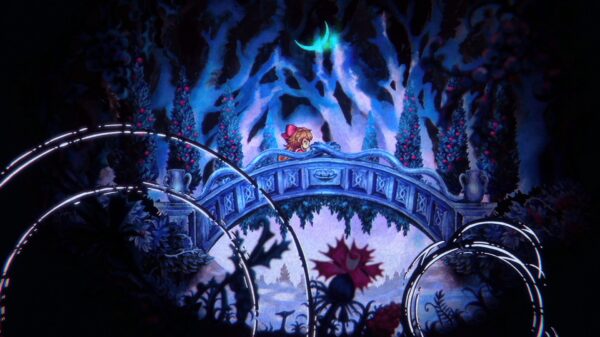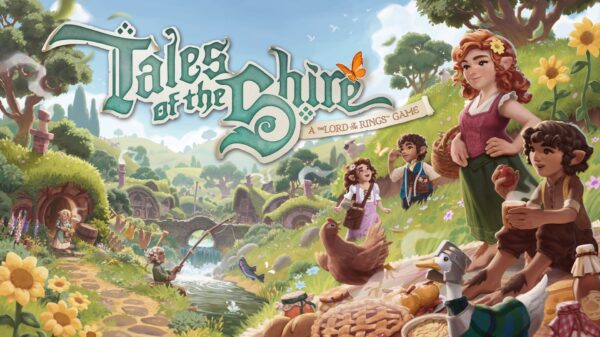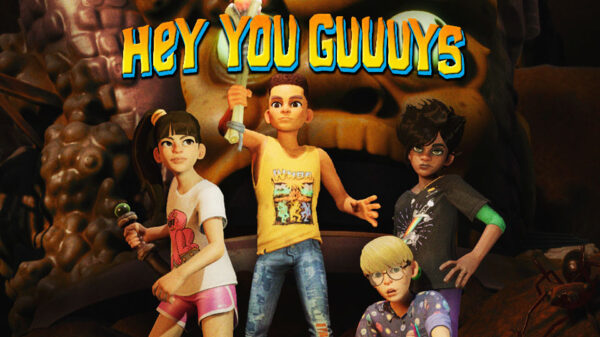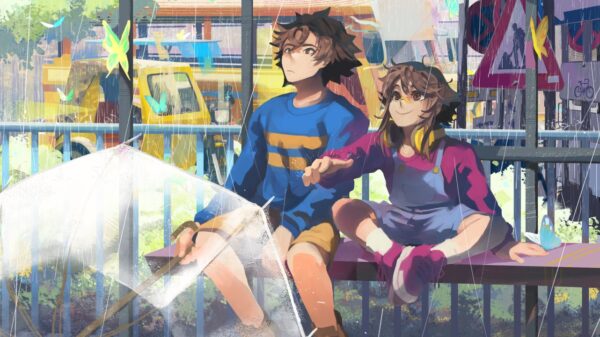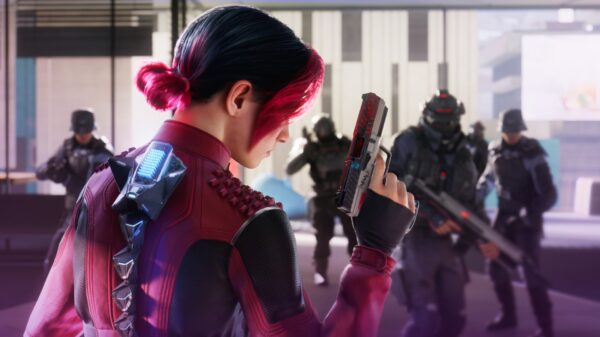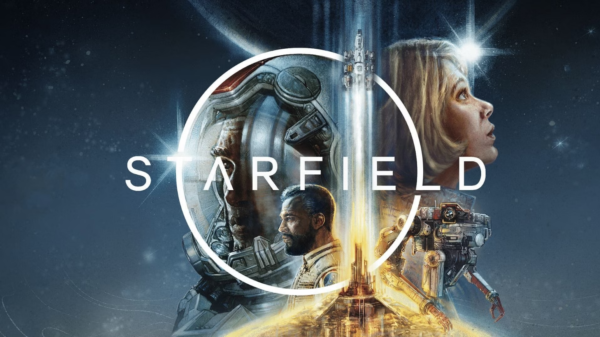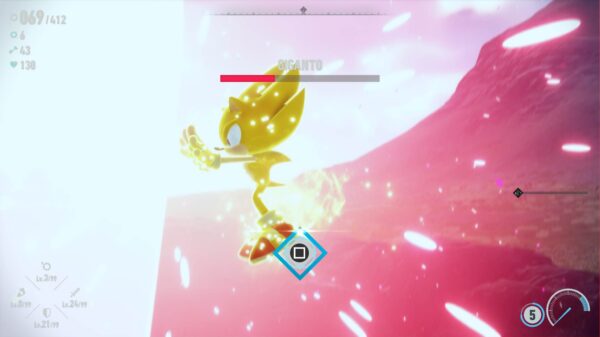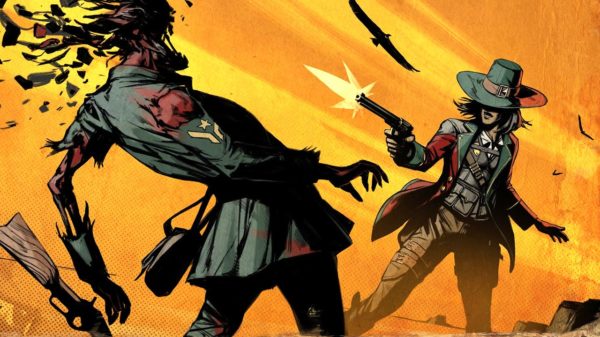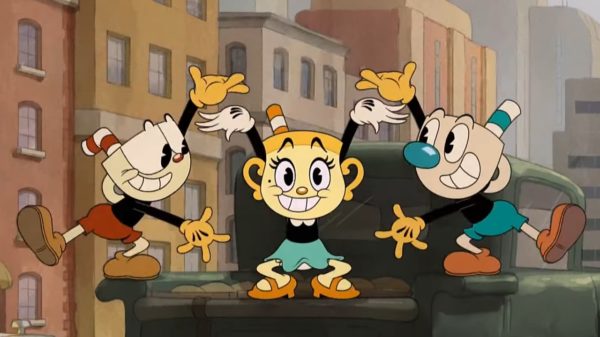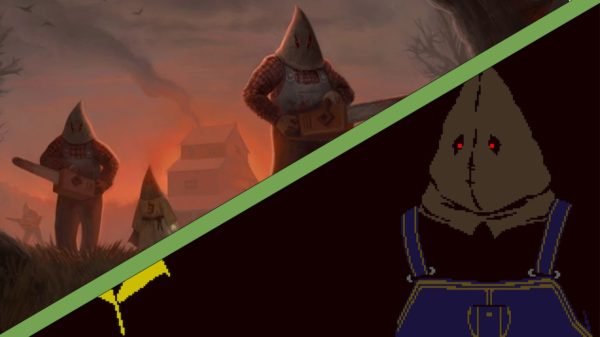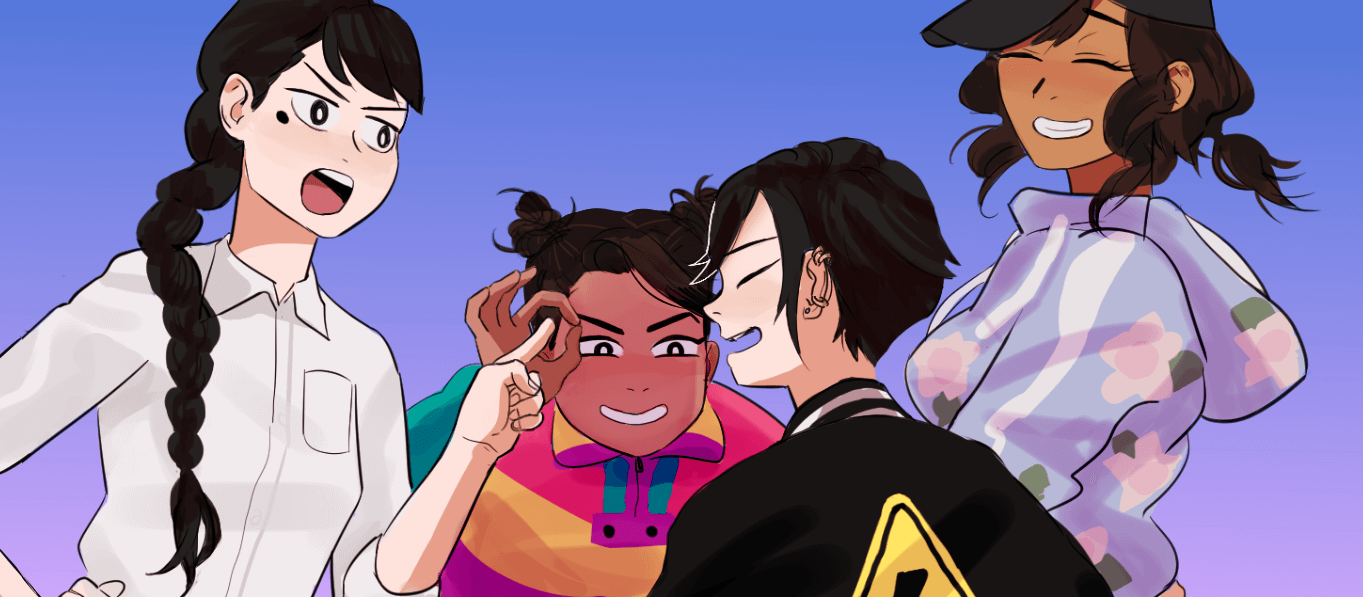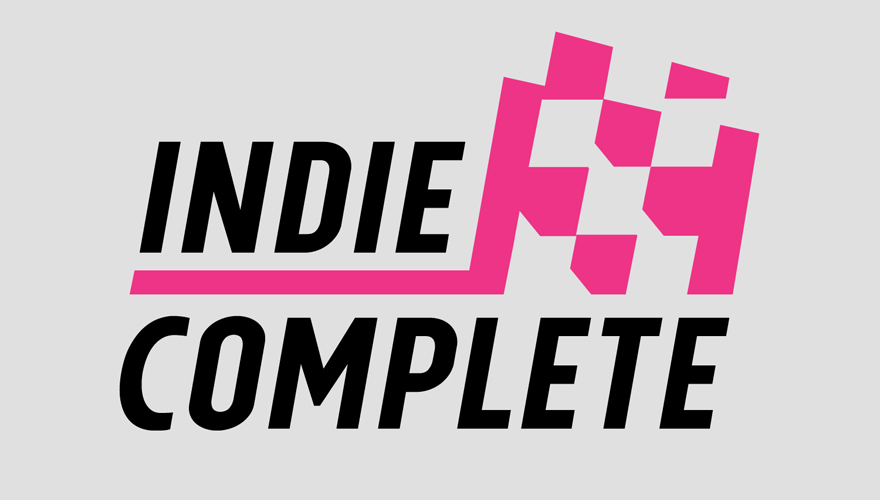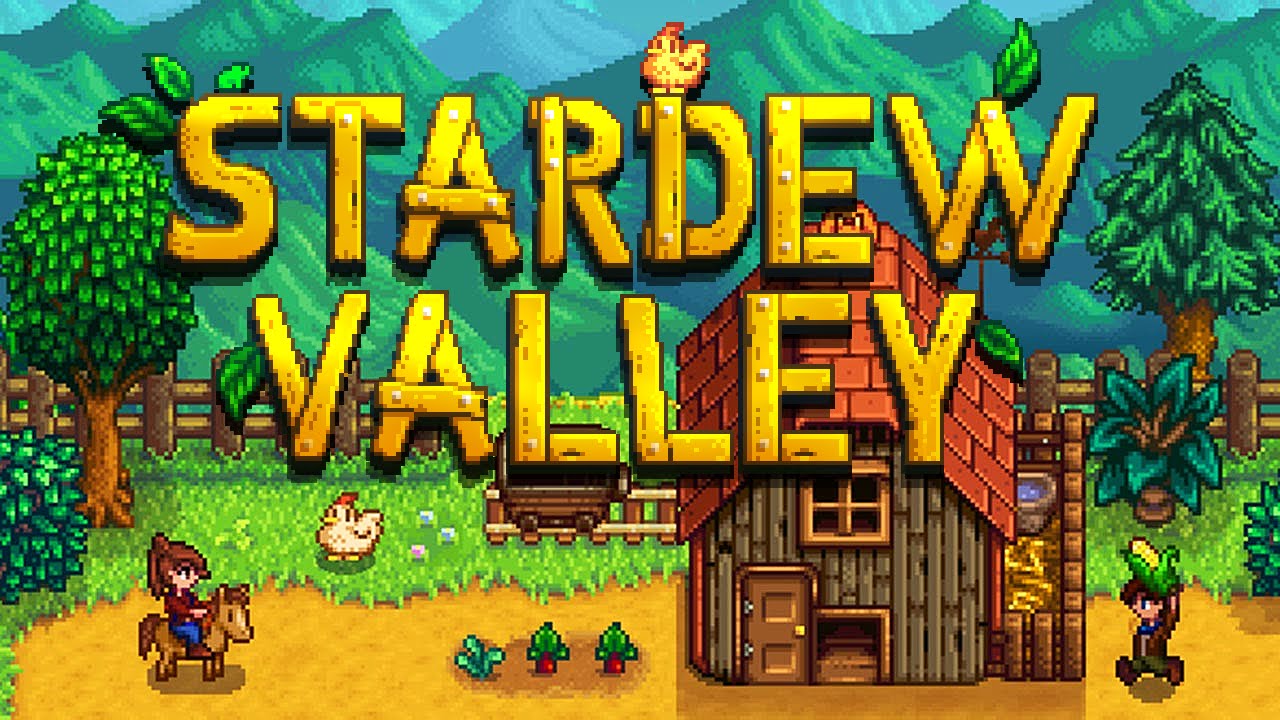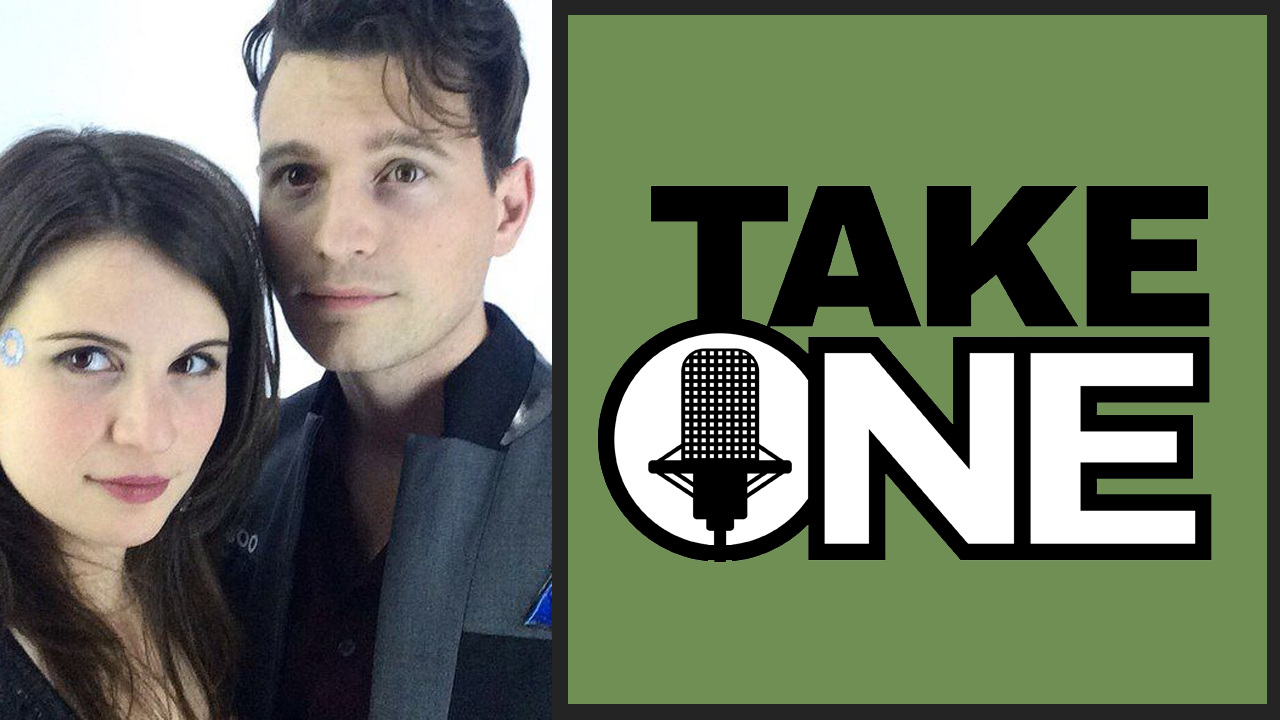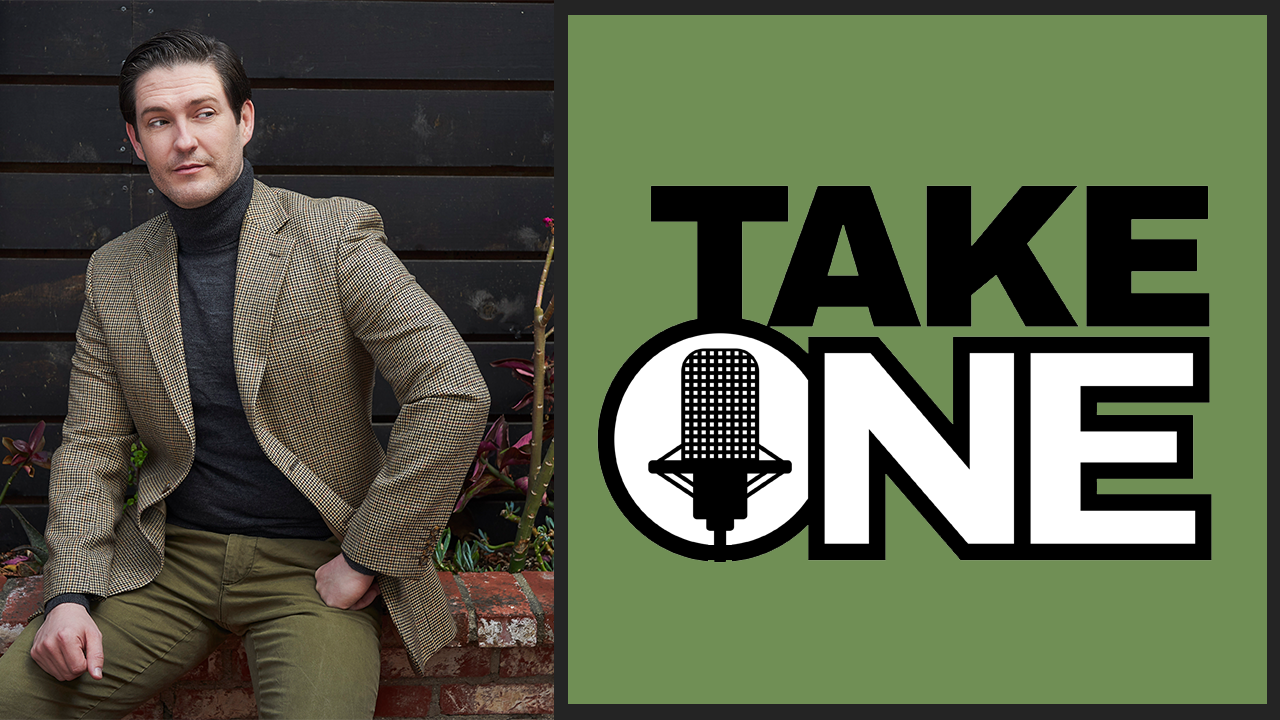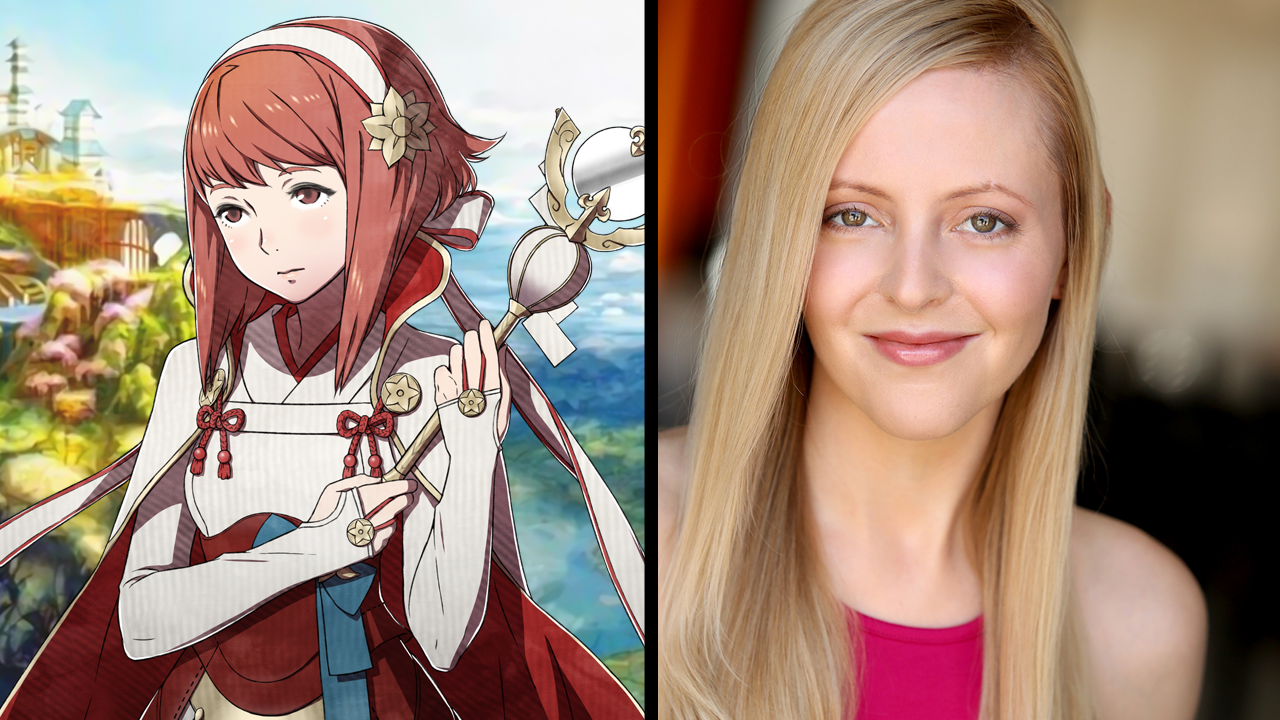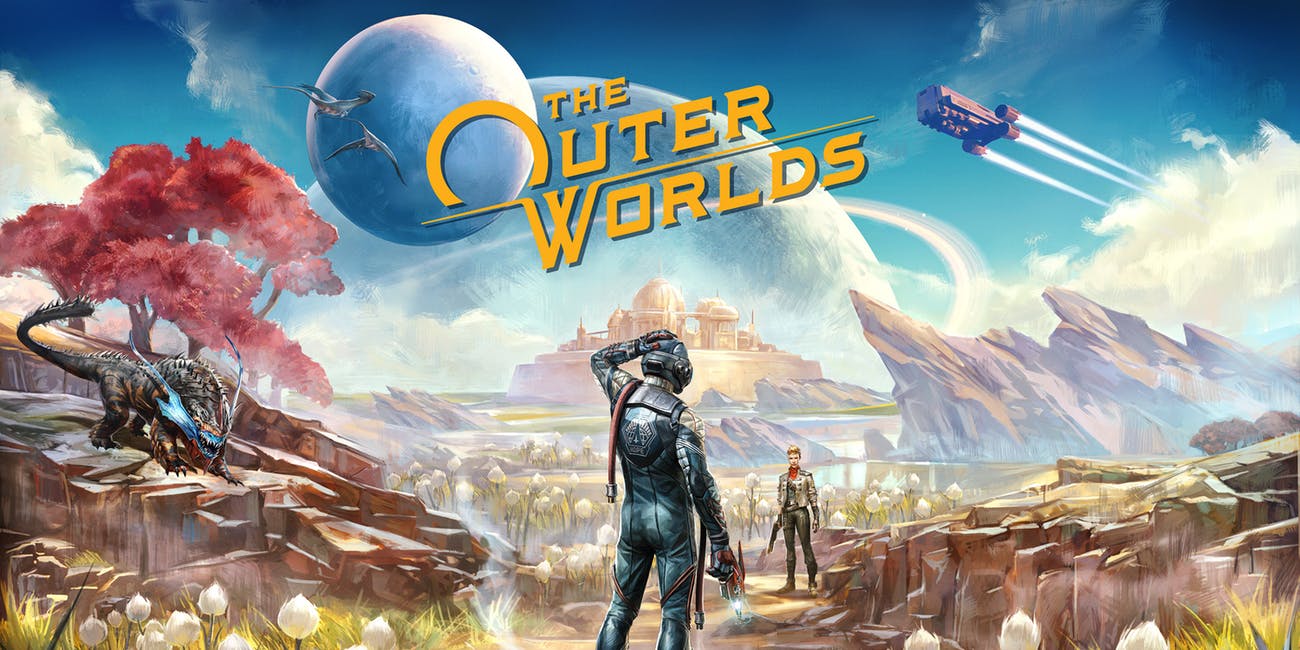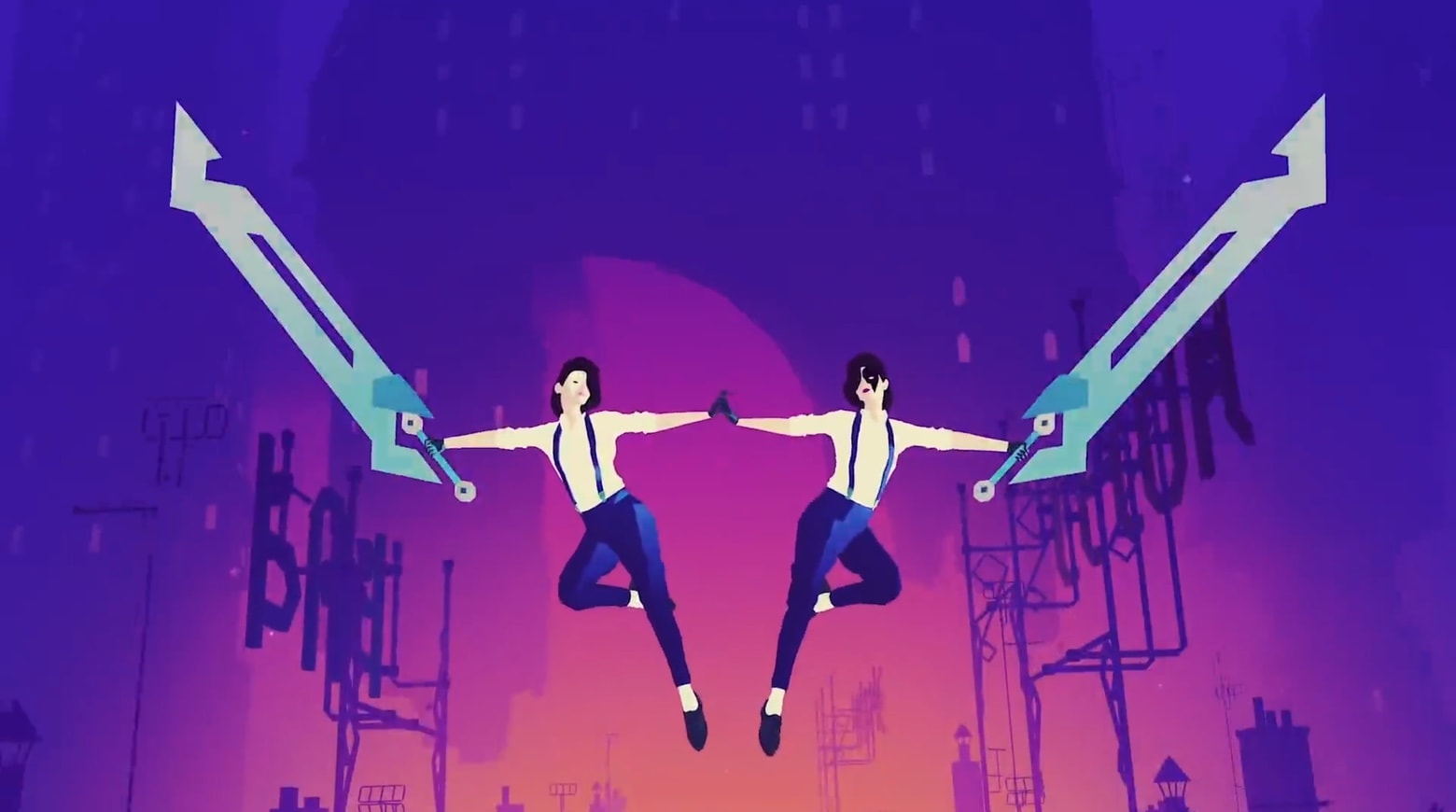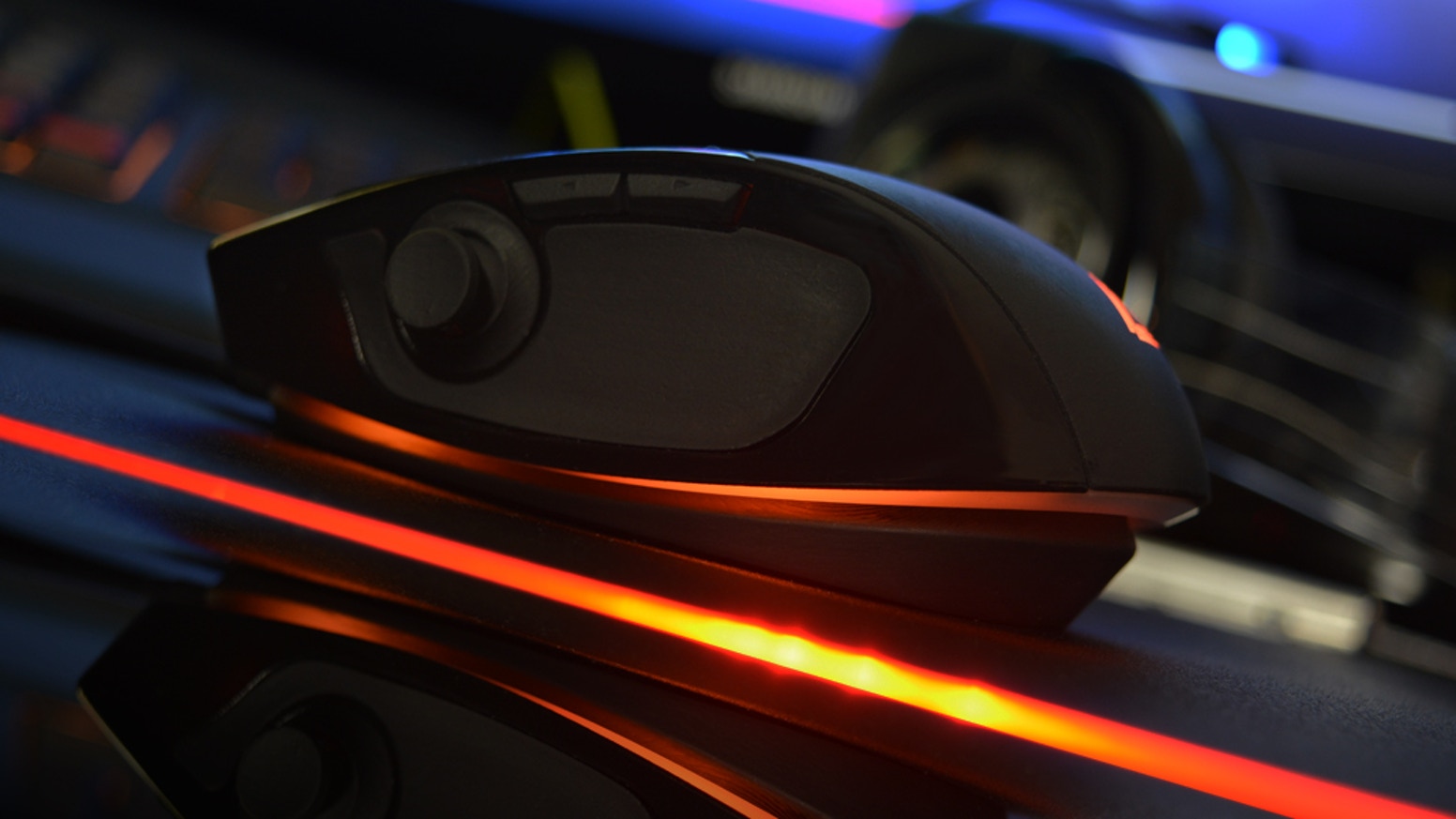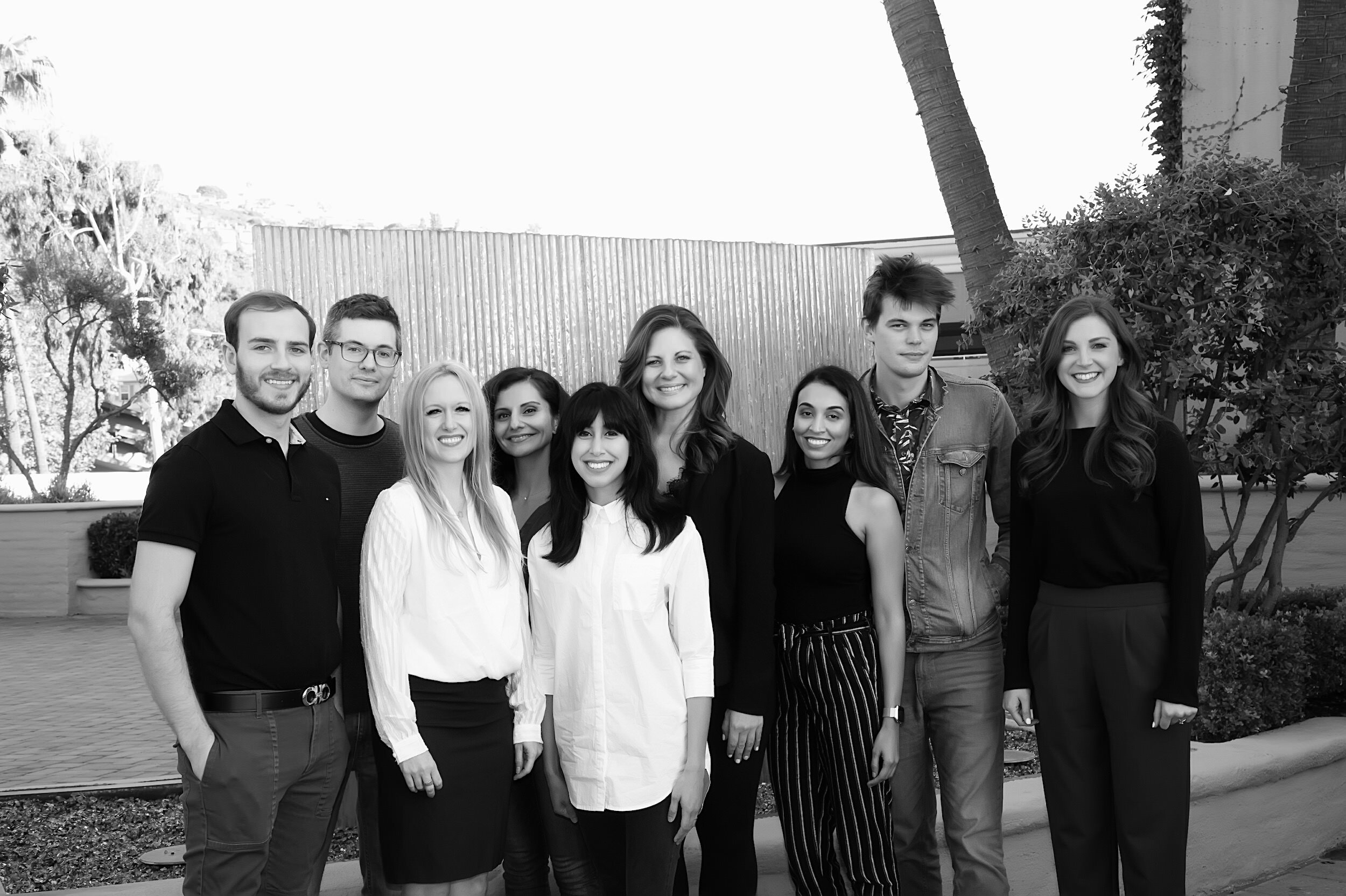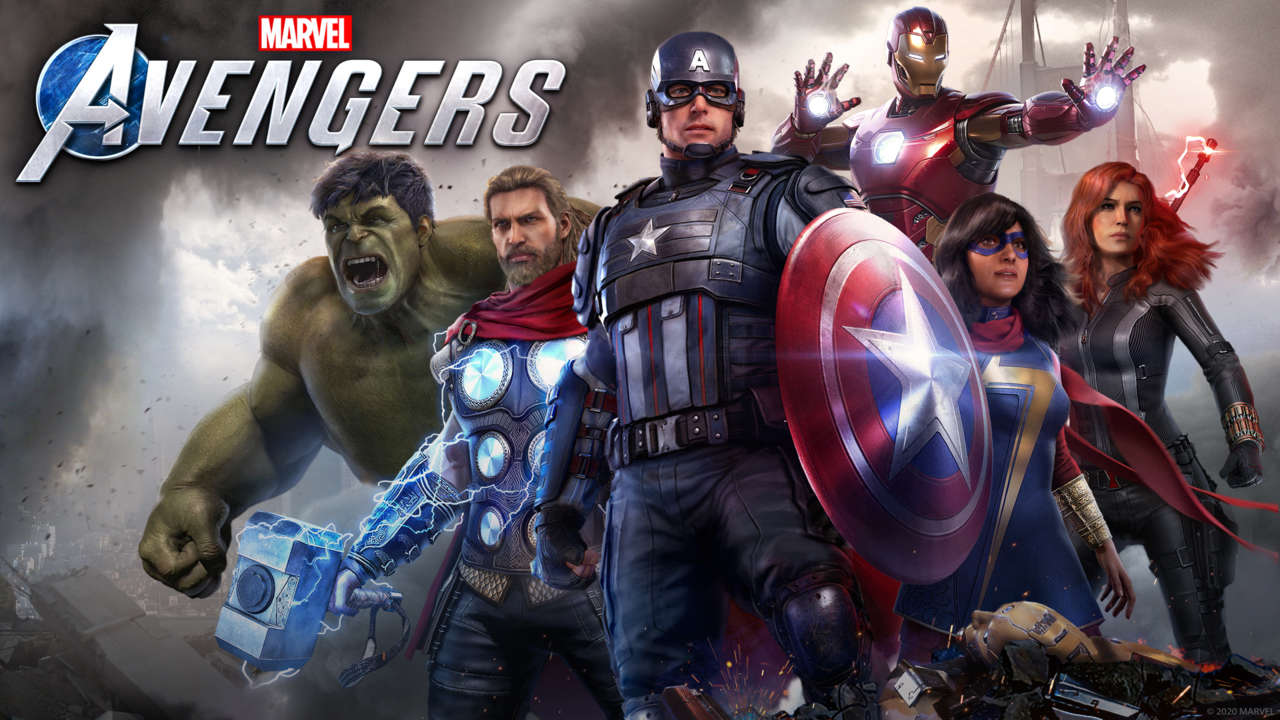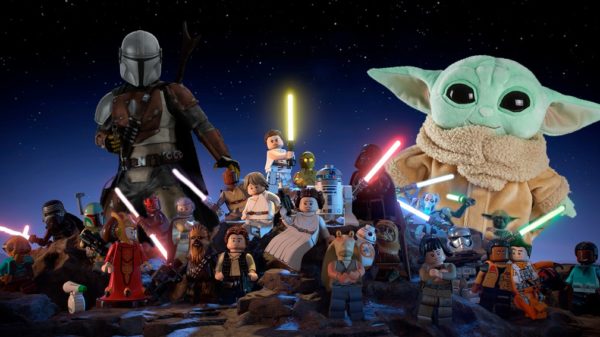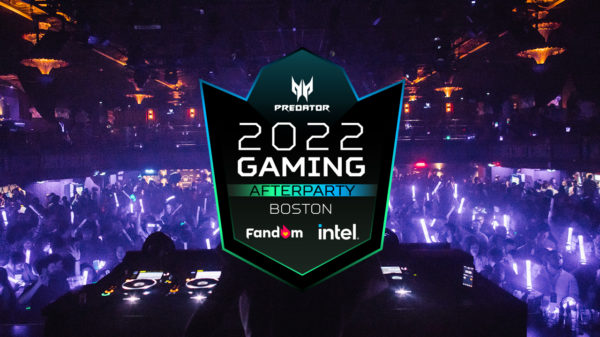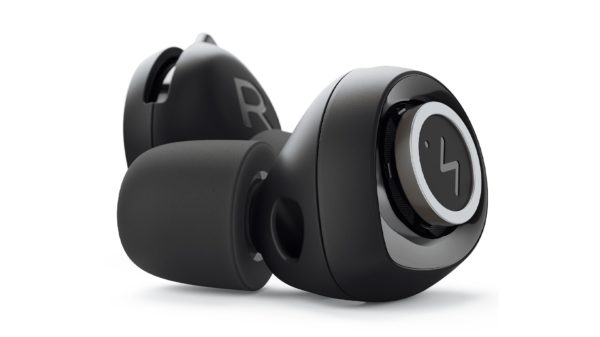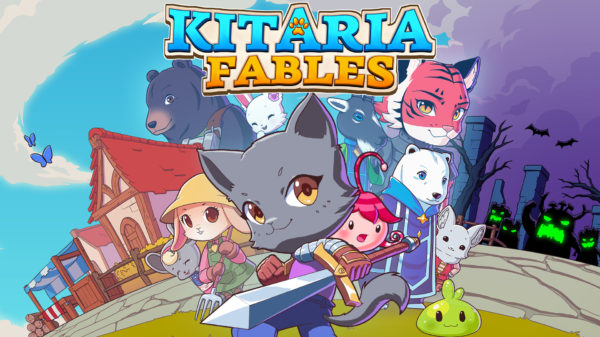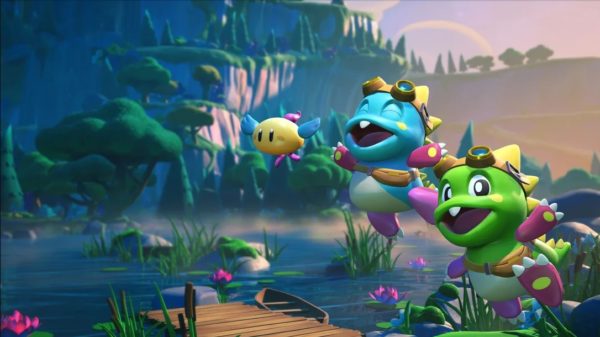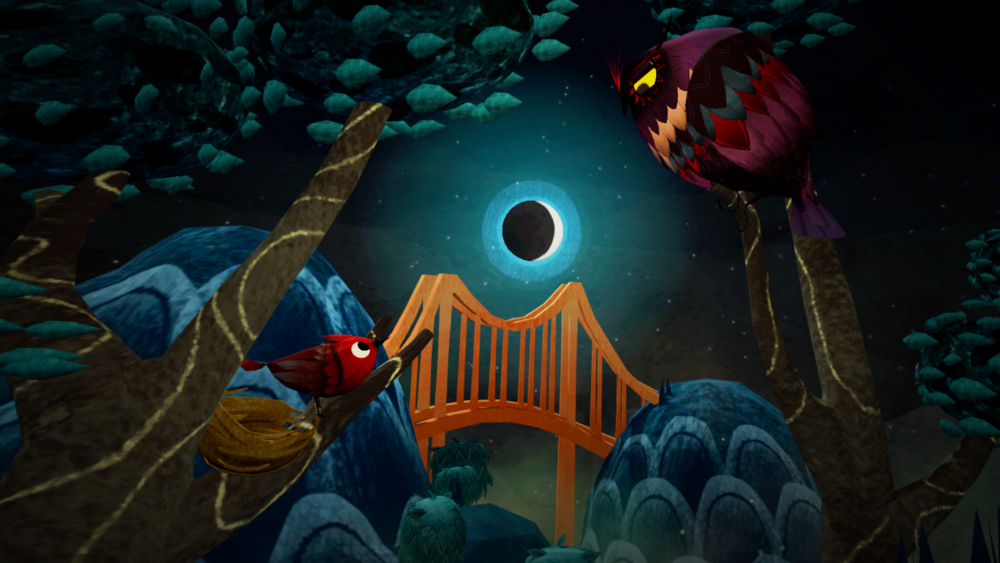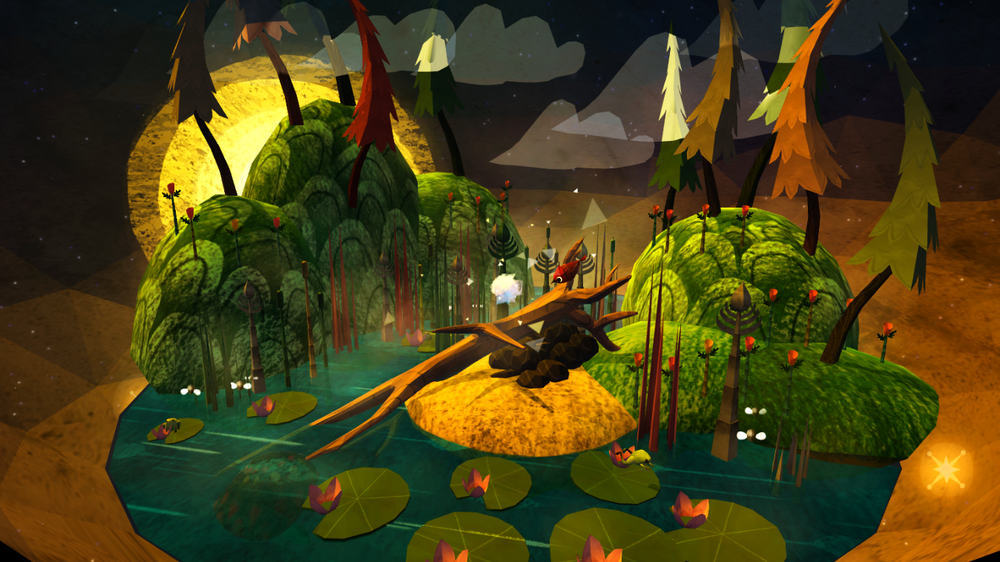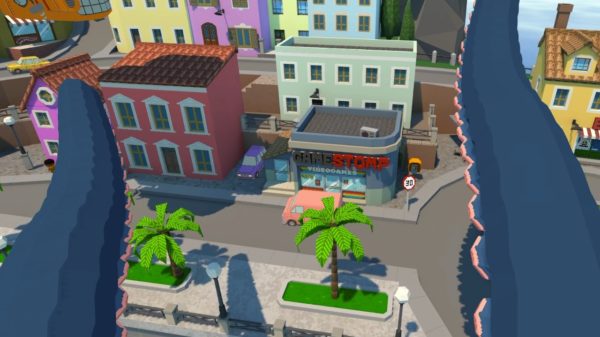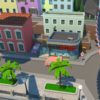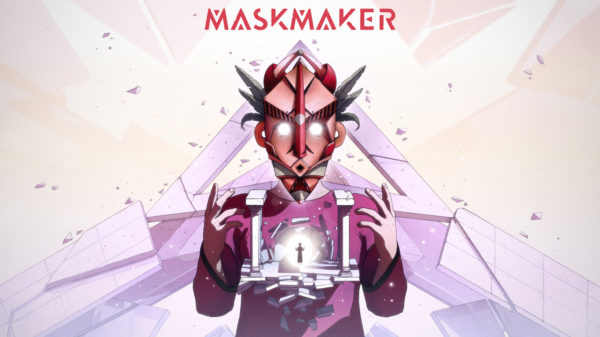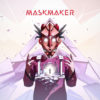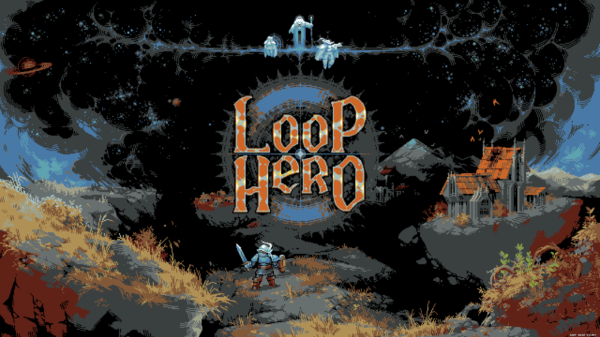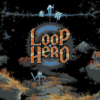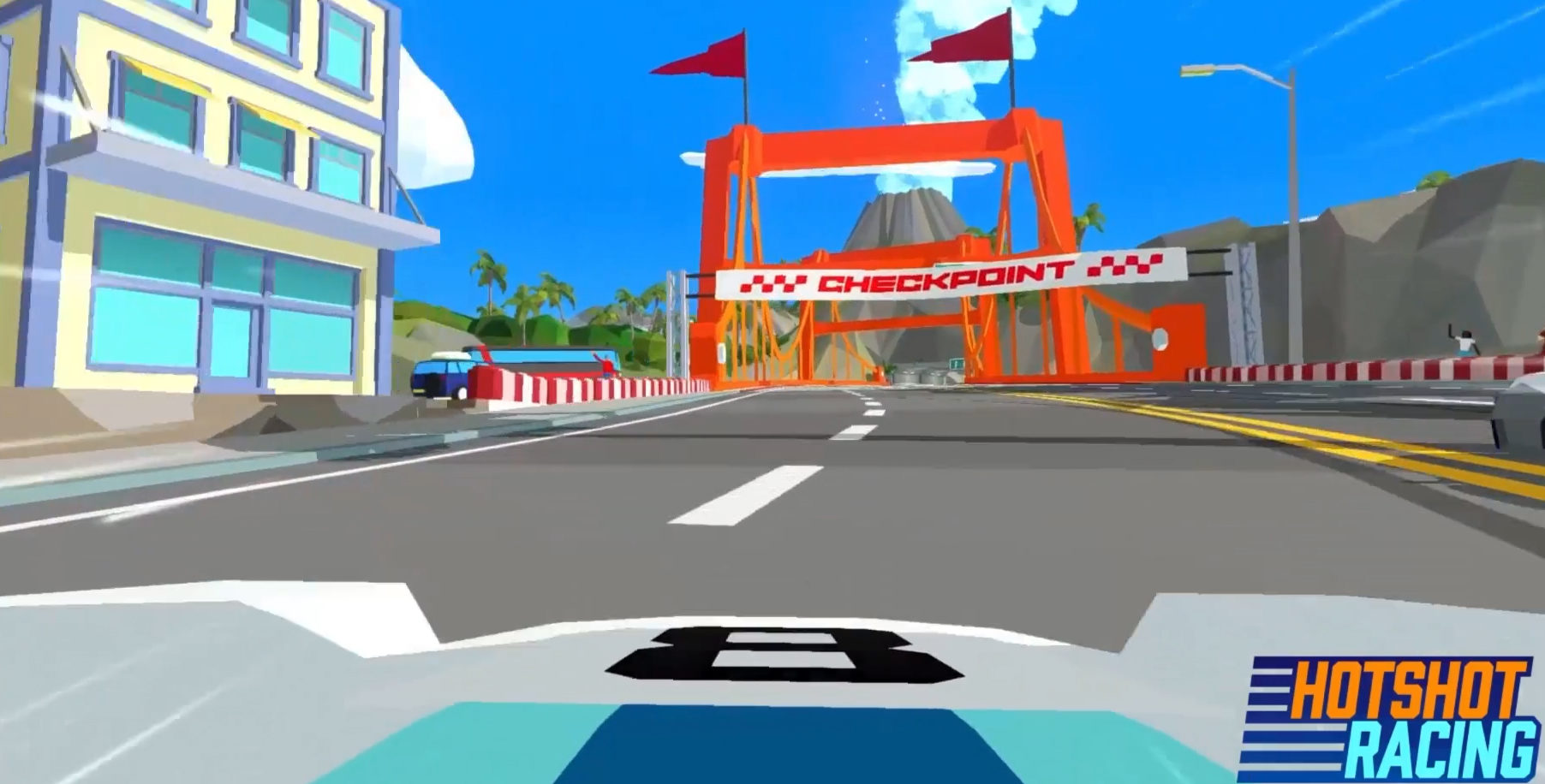This weekend the Tribeca Film Festival delved into video games with their first ever Tribeca Games Festival in New York City, and during the event we had the opportunity to sit down and speak with Robin Hunicke, CEO and producer & designer at Funomena, about her next game, Luna, and the game studio she co-founded following her success as the executive producer on legendary indie title, Journey. At Tribeca, Hunicke was part of a panel alongside Baobab Studios CEO, Maureen Fan, in discussion with Polygon’s Chelsea Stark about creating joy and engagement in VR, including a focus on Funomena’s upcoming 2017 PC & PC VR title, Luna. Funomena, for those unfamiliar, features not only Robin Hunicke, but a staff with game credits from Journey, Flower, Noby Noby Boy and the Katamari series (in particular Katamari series creator Keita Takahashi).
Join Kyle Haste of MonsterVine’s IndieComplete podcast for the in-depth discussion about Luna, and a deep discussion about how a developer known for deeply unique, engaging, and beautiful games approaches and embraces VR, the opportunities this new medium presents for developers, and the great responsibilities developers will hold when working in VR.
The interview was recorded and prepared for listening, however an edited transcription of the interview can be read below. For the complete 20 minute audio interview, click play on the SoundCloud embed below, or listen via the IndieComplete podcast series with the following links:
iTunes – Google Play – SoundCloud – Direct Download – RSS Feed
The Interview
Kyle Haste
Here at the Tribeca Games Festival you spoke about creating delight and joy in VR, including through your upcoming title, Luna, for PC and PC VR. Can you tell us a bit more about your studio [Funomena], Luna, and why VR?
Robin Hunicke
Sure, so, the studio is located San Francisco. I moved back to San Francisco after finishing Journey, I was executive producer of Journey. And myself and my co-founder [of Funomena], Martin Middleton, decided to start a little company in San Francisco to make experimental games, and specifically we wanted to make games about engaging in new technologies – we’re both kind of tech-nerds and I have a background in computer science, and Martin is a programmer. We really wanted to make experimental games for experimental technologies because we felt that would give us permission to, and inspire us to push the boundaries a bit harder with the experiences that we’re making.
The other thing we wanted to do was build a diverse environment, and we’ve been working a lot on trying to build what you would call a ‘deliberately developmental working environment’ where creative people can come in and have a lot of different experiences, express themselves, and then a lot of times people end up kind of going off and doing other things outside the studio. And the reason we named it Funomena was because we wanted it to be a phenomena, we wanted it to be a place where people could come in, do some great work, and then go off and do great work out there in the games industry. So kind of like, a little bit of a battery that generates interesting ideas, that can then go forward even if we personally aren’t going to work on them, or we’re not necessarily interested in that vector.
We’re in our fifth year now as a company and we have already shipped a title, actually for the Tango phone, which is a Lenovo Phab2 Pro phone, it’s called Woorld, and Keita [Takahashi], who did Noby Noby Boy and Katamari, was the designer on that. And if you have a Phab2 or if you want to look at a cool AR (Augmented Reality) phone experience, that’s actually available now. In fact, it’s nominated for an IO award, so we’re really excited, I’m hoping that we win, but we’ll see – that’s next week.
We’re also working on another title, called Luna, which originally started off as just a straight-PC game, and we’re going to release it as a PC title because we designed it to be a PC title at first – and it is gorgeous and beautiful in 2D, as we say – but about half way through the production we ended up getting access to some touch-controllers through our friends at Oculus, and we ported the game to the Oculus touch, and we immediately were like “Wow.” Seeing the game in 2D, it looks like the game that I designed, but seeing the game in VR, it feels like the world I imagined.
And so we really love the idea of being able to see how traditional PC game design is influenced by VR game design, and how VR game design is influenced by traditional PC game design, and over the course of the project, [we] have just been kind of experimenting with thinking about different input controls, scenarios, and schemas. And then also thinking about how the physical body engages with a game. You learn to see the game through so many different lenses when you’re working on a PC and VR title, that it’s just really, really exciting.
Kyle
During your talk I really liked what you were saying about power grip versus a paint brush, which I want to talk about in a second, but I have question leading into that though. You and your teammates’ background is heavy in experimental and risk-taking games, in terms of their experience, their beauty, and the feeling players take away from them; how does VR as a medium open up these ideas?
Robin
Well I think that one of the most compelling things about virtual reality experiences – and honestly just any augmented reality experience whether it’s VR, AR, or a merged reality – is that you can completely change what people expect. I think we’ve gotten pretty used to the way that we see games on a television screen or on a PC, we’ve learned to kind of think about UI (User Interface) a certain way, we’ve learned to think about engagement a certain way. The phone actually did change some of that, when we moved to the phone we did get some new paradigms like tilting and swiping and stuff which is now different, you know, multi-input. But you kind of see it on the phone, that a lot of times we end up looping back to the things we’re really good at already, instead of really expanding the mind and trying to do new things.
And the thing about Luna is that when you see this little world in front of you, and your hands are touching it, you can have all these interactions – they’re similar to the ways you would play with play-mobile toys or blocks – but at the same time they can be totally enhanced and made to be musical and they can have sparkles and glitter and all this lovely stuff that comes off them; and you can really zoom in and zoom out because your head is the camera, so there’s a lot of really different affordances in a virtual space compared to sitting in front of your computer and playing the game or sitting next to a table and playing with those toys. It kind of combines the best of both worlds.
So I think there’s just a lot of new ways to approach how we process information and how we put information into the game world in these sort of hand-tracked environments, whether its virtual reality or augmented reality. Because eventually it’s all going to become the same thing, you’re going to have a headset, it’ll follow your hands, you’ll be able to use your hands to touch things – that kind of engagement is so different, it’s really a lot closer to theatre design or designing toys or designing, you know, a meal [laughs], than it is to designing a game because there’s so many different tactile and physical qualities to the experience.
Kyle
With that in mind, can you paint us a picture of what a player would be seeing or doing during say, stepping into Luna?
Robin
At the beginning of Luna you’ll see a little bit of backstory about this bird character who is actually growing up in Golden Gate Park, the whole game is set in the Californian coast. And the bird is actually convinced by this Owl to swallow the last piece of the waning moon. And when that happens it’s the first time the moon has ever disappeared from the sky, so there’s a storm and the bird is blown off course. And when it wakes up it can’t quite remember how to get home, so what you’re doing is you engage with the bird in this abstract space to open and then solve these star puzzles, which are basically tangled cats cradle type puzzles where you’re moving the stars out of their scrambles and back into alignment, and then they reveal shapes. After you’ve finished finding all the shapes, you then take those shapes and use them to plant a terrarium and bring it back to life. So you can take trees and plants and lilypads, and you put them down into this space and as you build out this space it comes alive, and little things happen.
So you’ll see like, there’s little frogs, and then the frogs jump from lilypad to lilypad, and if they bump into eachother then tadpolls appear in the water, and stuff like that. So it’s really about bringing the world back to life through your creativity. On average it takes about 20 minutes for someone to build a terrarium they’re really comfortable with that they love – you can sculpt the trees and change their color and everything makes sounds so a lot of times people will stop and use their hands to play musical sounds in the space. And then, when they feel the terrarium is complete they can go down inside of it and see the narrative unfold on the stage they just built.
So the bird actually throughout the game will interact with other characters that it’s drawn too that it helps draw out of the environments, who have also swallowed a piece of the moon. And so the bird slowly helps the moon wax. And so the story is really about why does the moon disappear and reappear every month, but it’s actually when you get below that it’s about the idea that sometimes we do things just because it seems like a good idea at the time and then turns out it wasn’t, and we call those ‘mistakes’ [laughs]. And a lot of times I think video games are about getting revenge or going back in time and undoing mistakes, but that’s not really how it works in real life, a lot of times you just have to coup with your mistakes and coup with the decisions that you’ve made, and maybe it wasn’t such a mistake after all right? Like if every mistake is learning, then really mistakes are just pieces of you that you haven’t found yet.
And so I think what we really wanted to do was build a game about those kinds of ideas – when you feel uneasy in your belly, like if you have a scramble in your belly, which is kind of the metaphor in the game, that’s really common and it’s really normal. I was talking to someone after my talk and they said, “I’m sorry, I have social anxiety.” About when he was in like, he’s like “the conversation I had in line was way more exciting than the one I’m having with you right now,” it was so adorable and I said I have it too, we all get it. I mean, everybody gets nervous, when I get on stage I feel nervous in my stomach when I talk to people and be up there talking about what I do, it’s nerve racking [laughs]. So this idea that we’re all carrying around something, and learning to let that go and accept it, and become aware of it as just part of the process that helped us become who we are, is really important.
Kyle
And can you talk about how when you’re designing a game, are you designing it, in regards to Luna and virtual reality, are you designing for an experience you’re hoping to lead players to, or are you designing an experience you want them to have their own take-away from? And along with that, can you talk about how the controls as well add in to that – you mentioned during your panel about a power grip versus the brush motion in the game.
Robin
When we started working on the game we were working actually with Intel on Real Sense camera, and we were thinking about how do your hands interact with this space; if you could really reach out and touch a game by having your hands tracked by a forward facing camera from the computer, what would that be like? And we were work on that, that was actually what lead us naturally to hand-tracked controllers in VR, and this idea that we’re so interested in hands. And the first time I actually held controllers I realized the controllers we’ve designed so far have a power grip – so basically you put your hand around them like you would if you were grabbing the handle of a hammer – that motion of grabbing something like that immediately tenses your arms and your shoulders and your back in a specific way that is related to the fact that a fist is a very powerful object and all of your muscles are engaged, which is the reason we make a fist when we punch someone else, because it distributes not only the surface tension of the hand, but it also engages all these muscles.
Whereas if you think about picking up a pen or a paint brush or a conductors wand, the motion you make is more –you take your index finger and your middle finger and put them against your thumb, and that’s a precision grip. And so there’s a reason that paint brushes and pens are designed the way they are, and there’s a reason that artists feel the way they feel when they draw, because your hand is actually engaged in a very specific way. It’s a much lighter motion that barely even engages your wrist and your elbow. I mean if you do conducting it pulls your whole arm, but the motion, if you think of the motion of conducting, it’s so smooth and fluid.
And so a lot of what we’ve been doing actually in VR is thinking about ‘okay, well, we have this new controller unlike a mouse or a controller like a traditional game controller, you could give someone this feeling of the precision grip,’ like ‘how do we do that.’ And so a lot of what we’ve been working on is iterating the model of the hand in the game so that it really reinforces this idea of light, brush-like touches. So it’s kind of like a paint brush that is prehensile, it has its own fingers in a way. In fact we’re kind of finalizing that model right now, we’ve been showing the game with a version of the hand that was just temp, that we just put in because we wanted to put something in, and so the final hands have not been seen yet and they’re actually working on them back at the studio right now and I’m really excited go back and see the way they look.
Kyle
I’m curious, and launching on PC and PC VR kind of answers my question, but I’m still curious, how is VR adoption going – you mentioned you did a show of hands during your talk for who’s experienced VR so far – how can indie developers survive the early-adoption period of VR while the install numbers are below a critical mass, if that’s still the case?
Robin
Well so actually, I think what we’re seeing is that for someone like me – you know, someone asked me recently like, “how many millions of units of Luna do you want to sell,” and I actually laughed out loud, it’s terrible, I’m a terrible CEO [laughs], because someone asked me that in a business context and like, “pssssh I don’t know, one?” – but if you think about traditional games like the Sims, which I worked on, or even Boom Blox, you know that those games are coming out from a giant publisher and they’re going to sell millions of units, that’s expected. For an indie, to sell a million units of anything is like amazing [laughs]. So the install base right now [for VR] can clearly handle that kind of scale in terms of like, if you did 10-15% on the current install bases, you’d probably be able to cover your burn rate of your studio for a few months. So it’s smart, I think, to kind of do what we did, which is we started with the PC title, and then we were like, “can we support VR?” Yes, we can. Luna‘s a PC game that supports VR, and the VR experience is beautiful, but the PC experience is also beautiful, and Austin Wintory’s amazing, beautiful score is going to be in both versions of the game. You buy the game, you get both versions, if you get a [VR] headset you can give it a shot! You know, it’s much better, I think, to sort of approach it that way.
One of the things that happens with new technologies is that if they don’t have a huge install base, is that people tend to think, “well, we can’t invest in content for those platforms because they’re so small,” but if you think about ranging the content to that platform, and building a ramp for yourself onto the platform, as the platform grows I think it can be a very successful business model. Now I’m saying that, I don’t know if that’s true, when Luna comes out in the fall if it does really well that will be fantastic, and if it doesn’t, well, I guess you can hire me, you know, look me up [laughs].
But I do believe that the problem with the short sighted mindset, with respect to content, is that you get a lot of experiences that are one-offs, they’re kind of joke-games or they’re fun for a minute because they show off the technology but the don’t really engage. And Luna is a story driven puzzle game, with a lot of creativity and musical gameplay in it, because that’s the kind of game I like to build. I like to build games that have physical simulation, that have a kind of whimsy and beauty – like something like Journey or Flower.
Flower was hugely inspirational to me as a developer long before I worked on Journey, I think those kinds of games are really great. So, VR is exceptionally tuned to deliver that kind of a story-based experience, I think. And so it’s really about us being brave and taking the risks. If you build something really lovely for a new technology and it transforms the way people think about your medium, then it will sell, I think it’s possible to sell those kinds of games.
Kyle
Your talk was very fascinating to me, it could have been twice as long and I would have sat through it very easily, but you mentioned at one point a VR experience that you had that made you realize the responsibility you hold with the images and experiences you put players in to. You mentioned you want to see more games focused on things like love, romance, empathy, and being conscience of how we interact with each other, saying “this is how we increase the peace in general in the world.” It’s a fascinating point, and kind of like a higher purpose for developers that they could tap in to. Can you tell me how you’re approaching doing this now, and into the future? Baring in mind the industry’s issues with discrimination within its own culture.
Robin
Someone else asked me about this earlier today and what I said was, and I really believe, the technology itself is very powerful, it allows you to see things that are being presented to you as if they are in your own world. So if you experience something in your own world that’s extremely scary or extremely violent, then you’re going to have that memory in your head, and when you look at that space in your living room you’re going to re-live that experience until you put something else there.
And it’s very similar to real world memory, like my experiences in augmented reality and virtual reality have been that like, the places feel real, they feel compelling and the experiences seem real, and so we have to start really having a like public dialogue about what our responsibility is as developers, and as film makers, and as media creators, and as artists, and as citizens. What are the kinds of things that we want to put in front of each other, how do we want to shape each others’ understanding of humanity and our memories of living?
I really believe that everyone is doing the best that they can, and I think the games industry is doing the best that it can right now, I think when we look at social medium I think a lot of people are doing the best that they can, but I think we can do better. I think we can be more empathetic toward one another, we can understand each others’ experiences, just with more empathy. And I think in games, and in particular in VR games can help us do that. I think they can help us learn what it feels like to be walking down the street micro-aggressed and told to smile because we’re pretty; they can tell us what it feels like to be walking through the picket lines at a clinic trying to get in and get services; I mean there are experiences like that right now.
So when you think about the possibility of technology, I think, and like I said, we really love at Funomena working on experimental platforms, working very closely with Google, and Intel, and Microsoft, and Facebook, we love working with these really huge companies who are trying to build technologies, because we feel like we bring this perspective of “well, what else could we be doing?” And we do it from this conscience position of trying to be inclusive, and trying to enable new voices, and new experiences. We’re not the only people that can do that, I mean anyone listening to this podcast right now could, in theory, figure out a way to build something for VR that tells their own story in a way that helps other people understand them better. If we were all doing that, then the world would be a more peaceful place, and I really do believe that.
You know, if we are all really honest about what we’re carrying around, if we all really do acknowledge that humanity is good, people are good, like if you get sick you can go to a hospital and someone will take care of you – Maureen Fan [CEO of Baobab Studios] mentioned this earlier in the talk, like if you saw a little child sitting on a bench alone, crying, you would walk over to them and help them. Like, you are a good person, everyone is good, and I think it’s important for us to really amplify that message right now because we’re in a dark place in society right now, and globally on the planet we have so many pressing issues. It’s important for our media and our art to really represent those issues in new ways, and get people to understand that we have to be together as a society, as a community of people on the planet in order to continue being here.
Kyle
That’s awesome, I totally couldn’t agree more. That kind of wraps up all my questions, I really appreciate that. For people that want to keep an eye on Funomena and what you guys are doing, where can they keep an eye on everything?
Robin
You can see us on twitter @funomena, and www.funomena.com .
Kyle
Perfect, thanks so much.
Robin
Thanks a lot.

